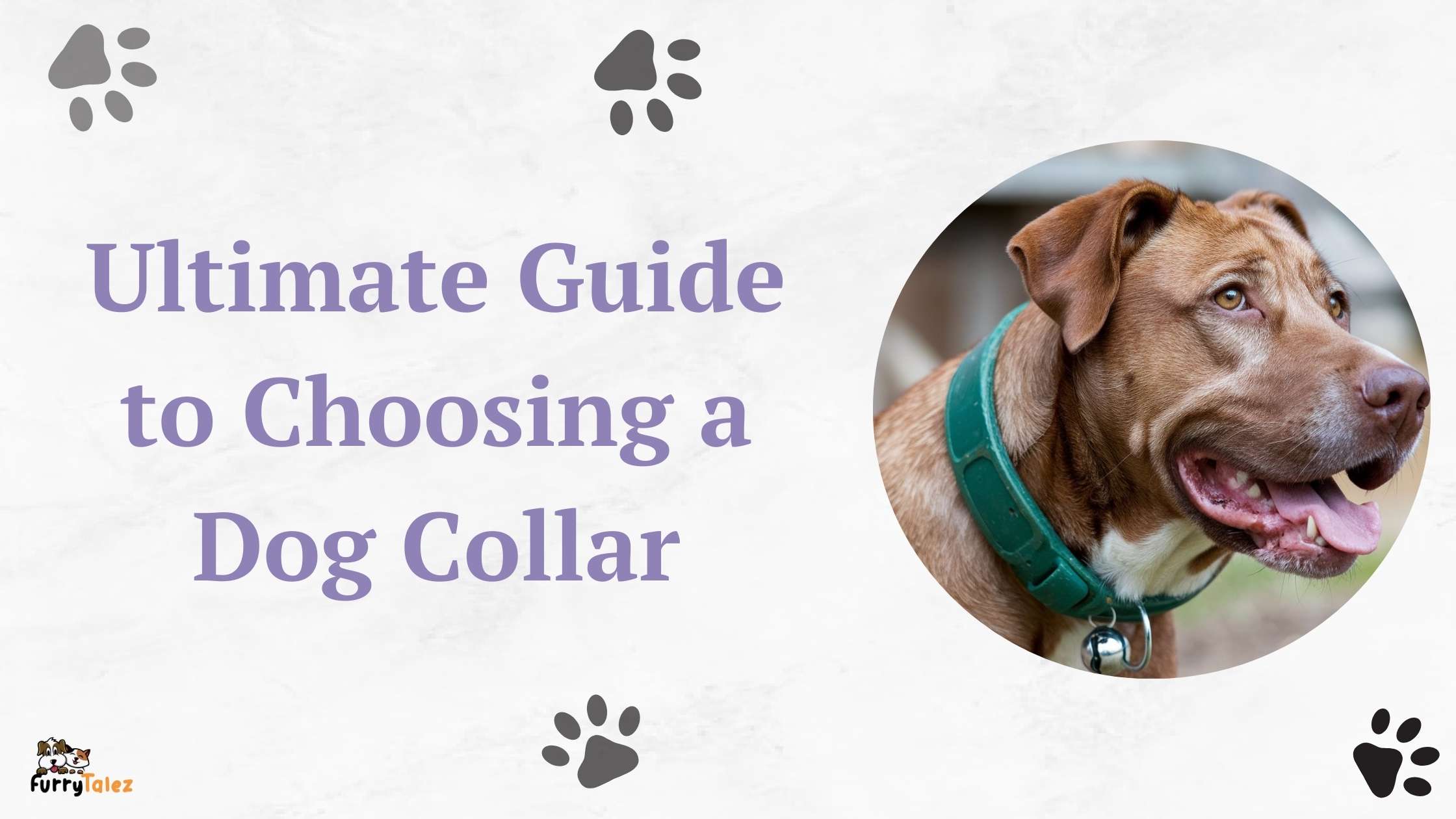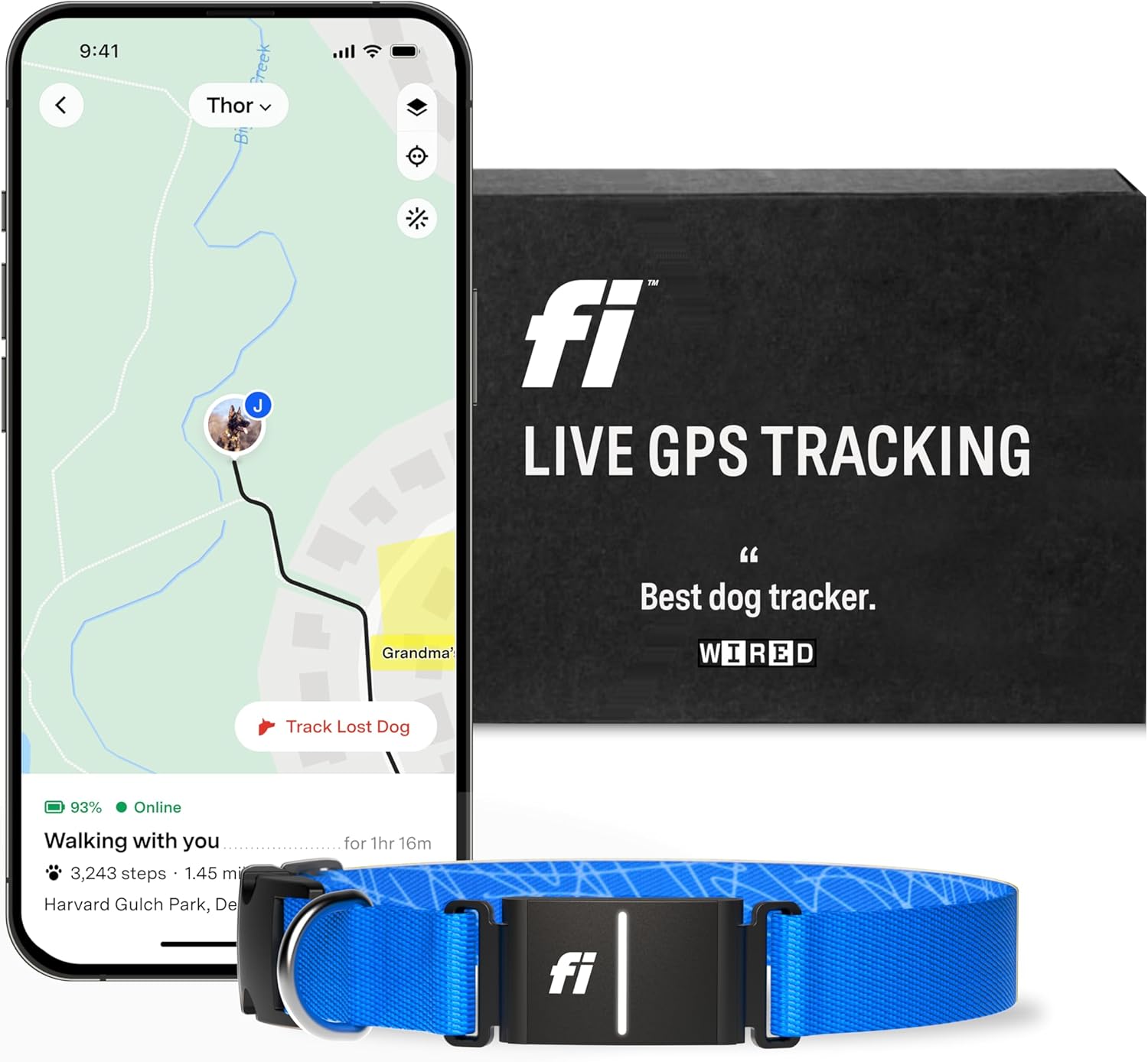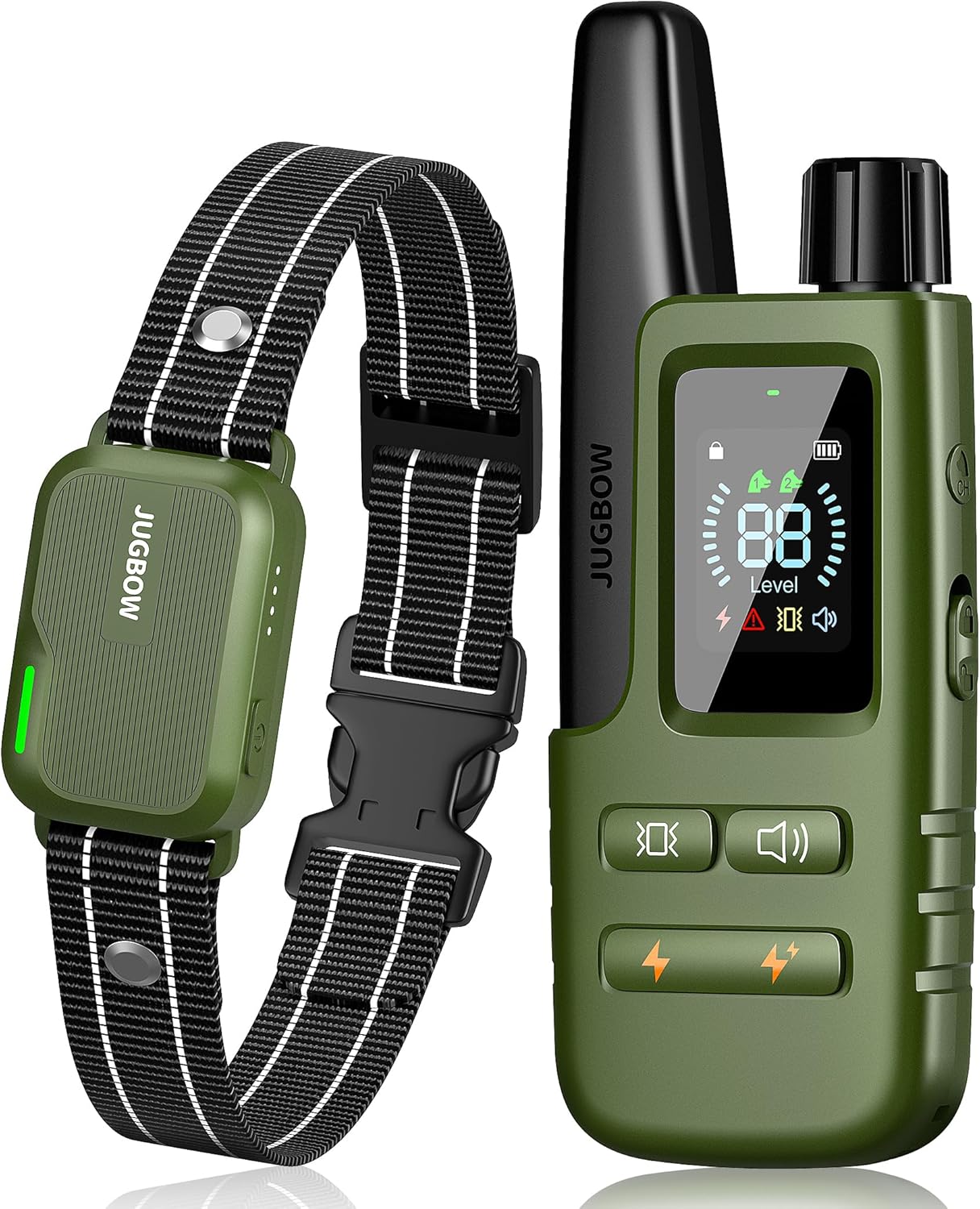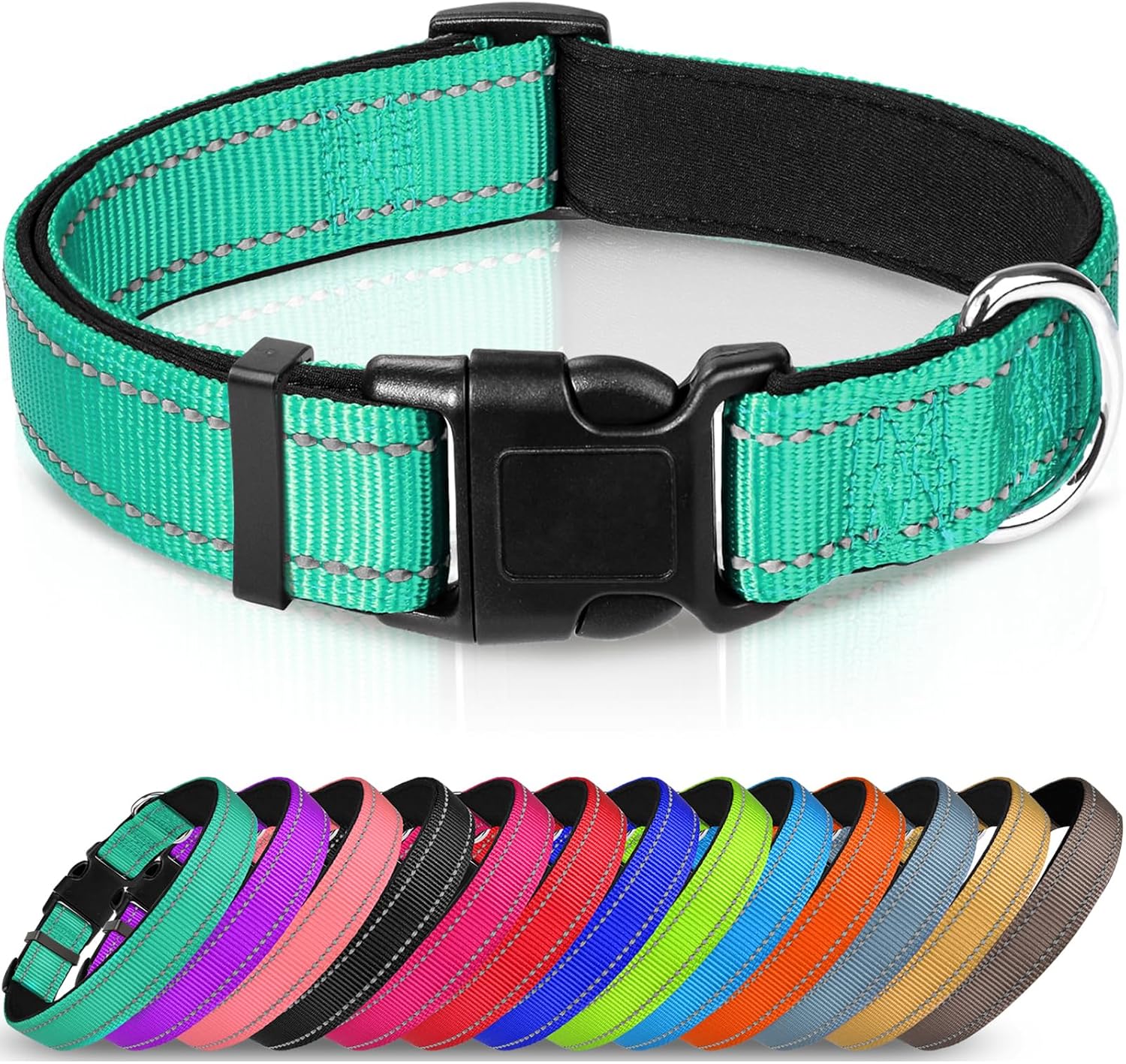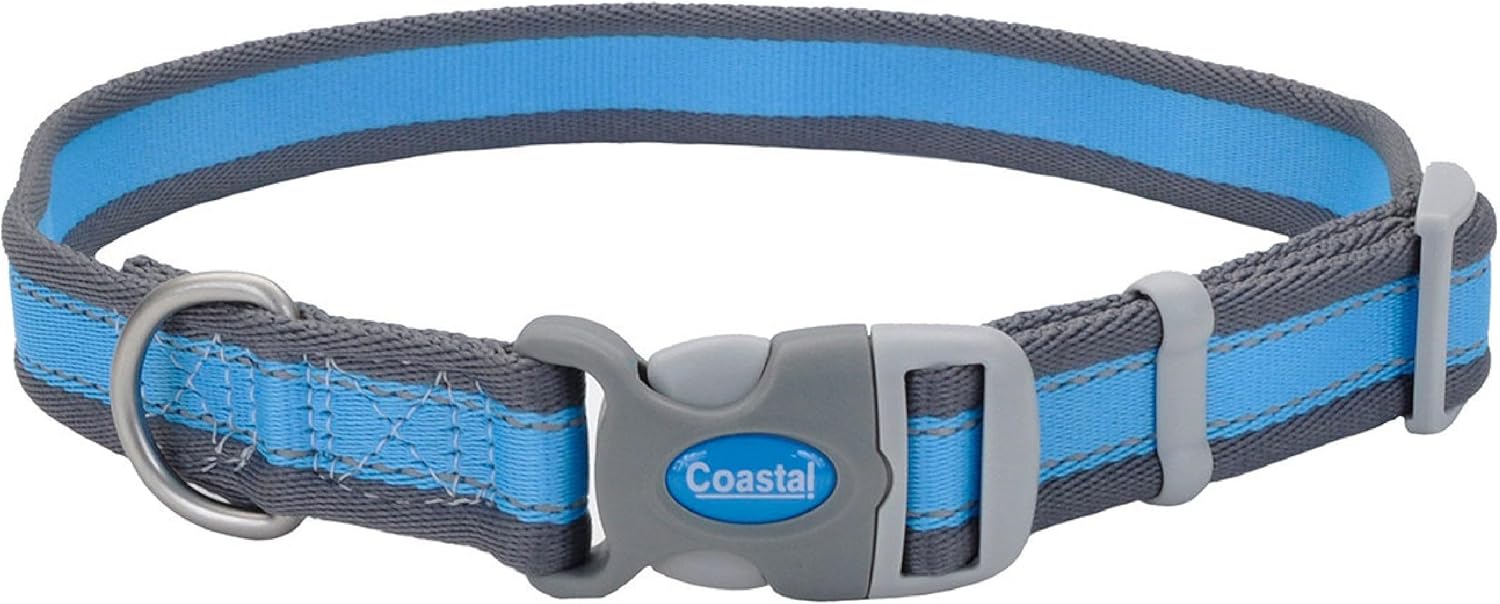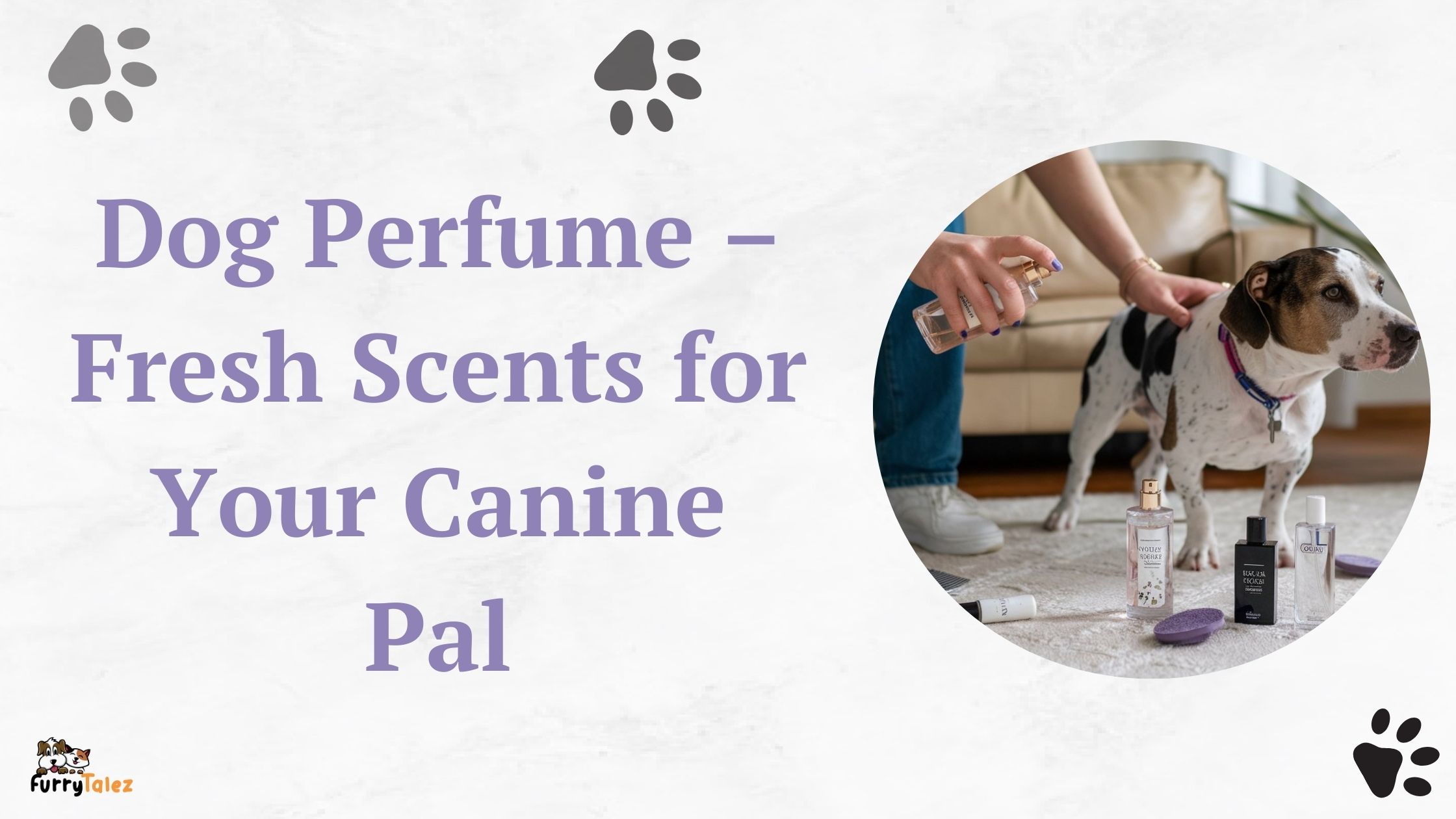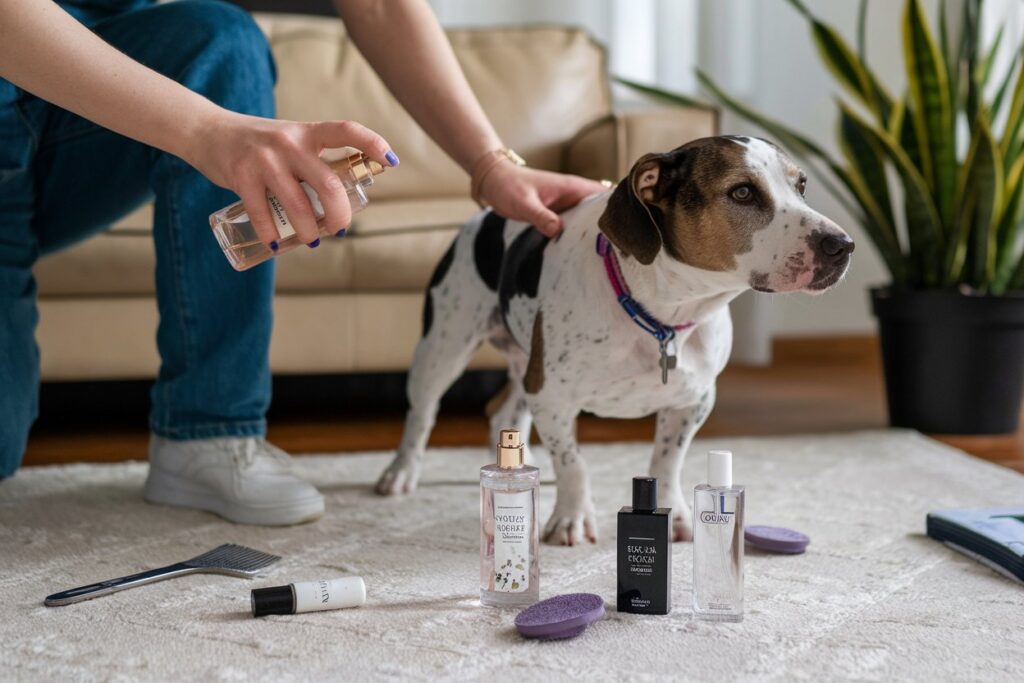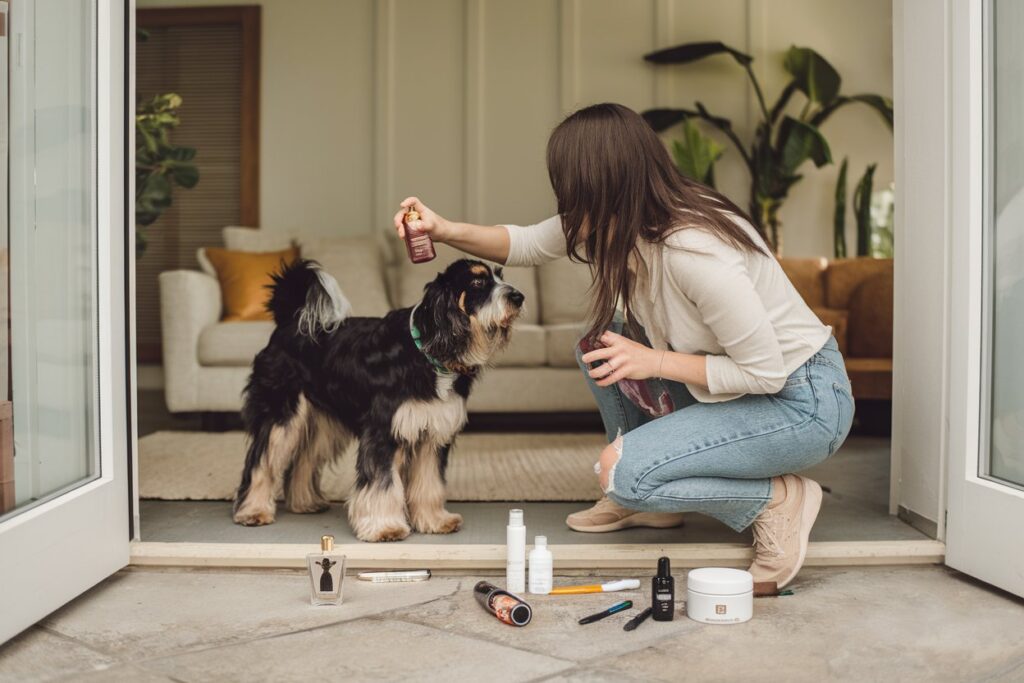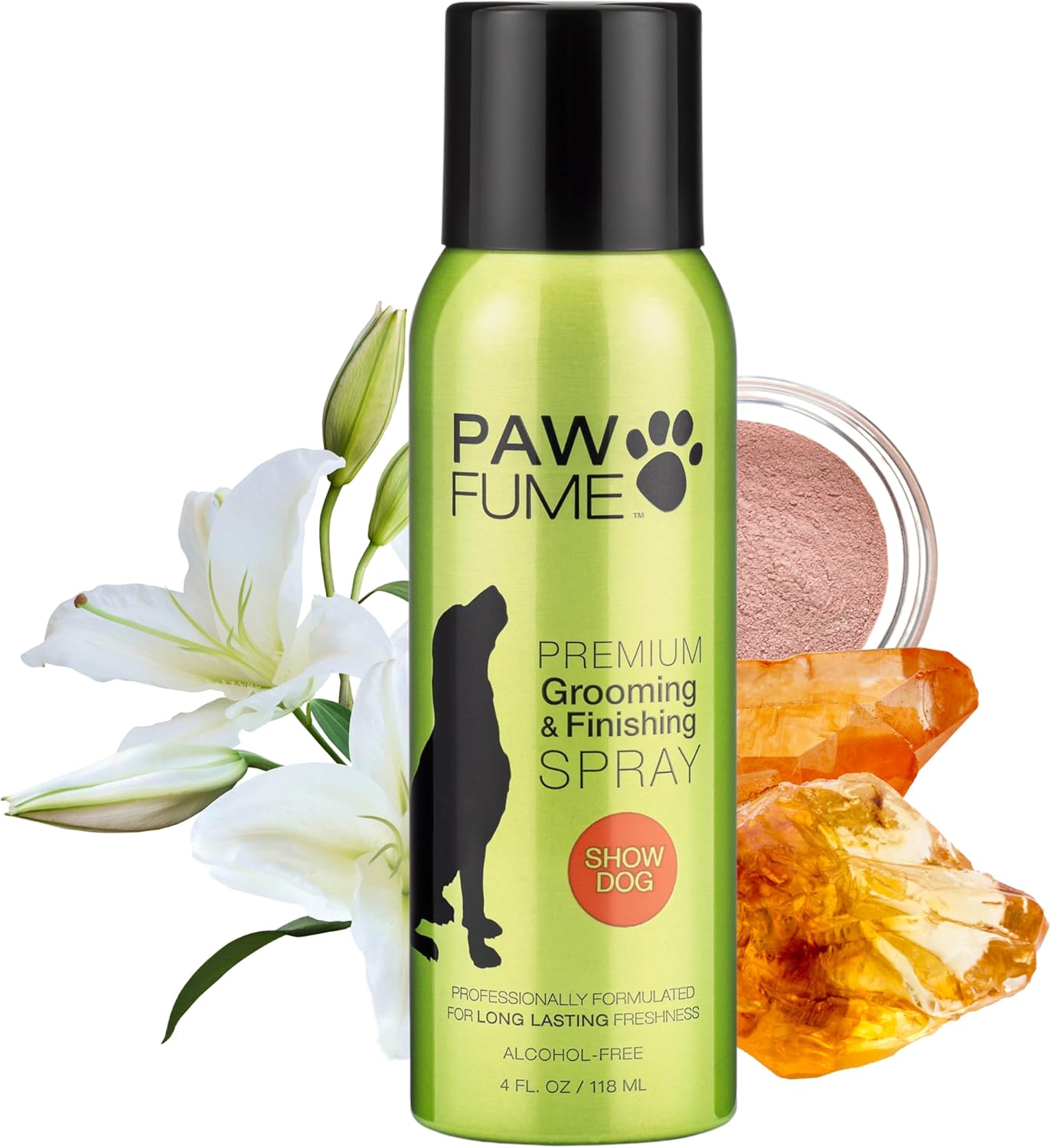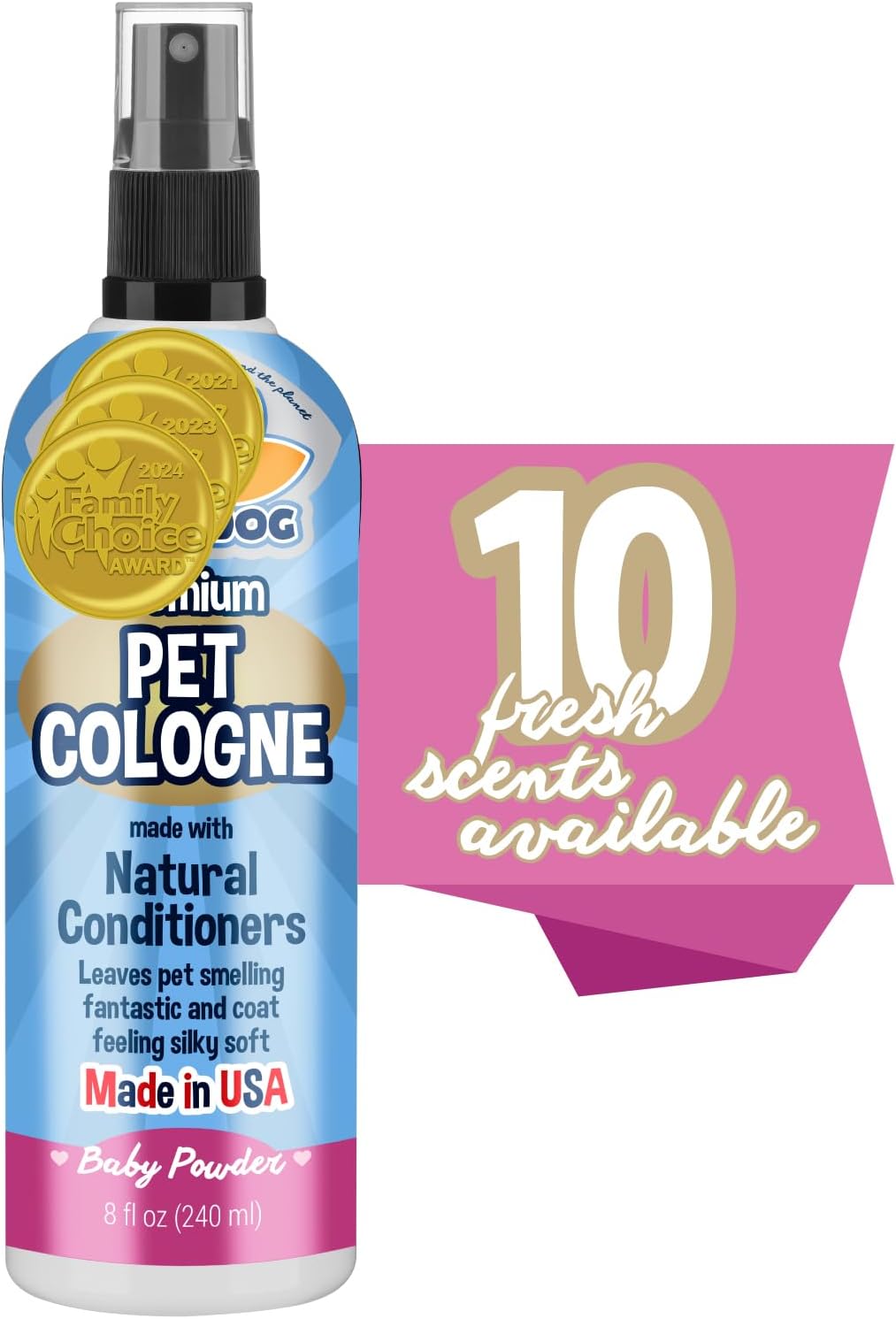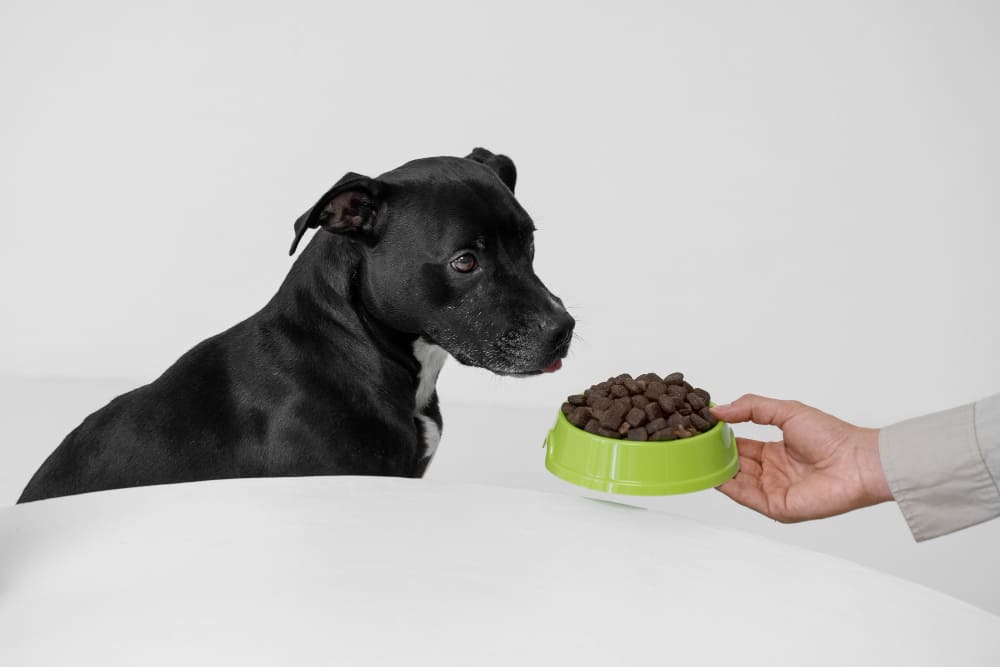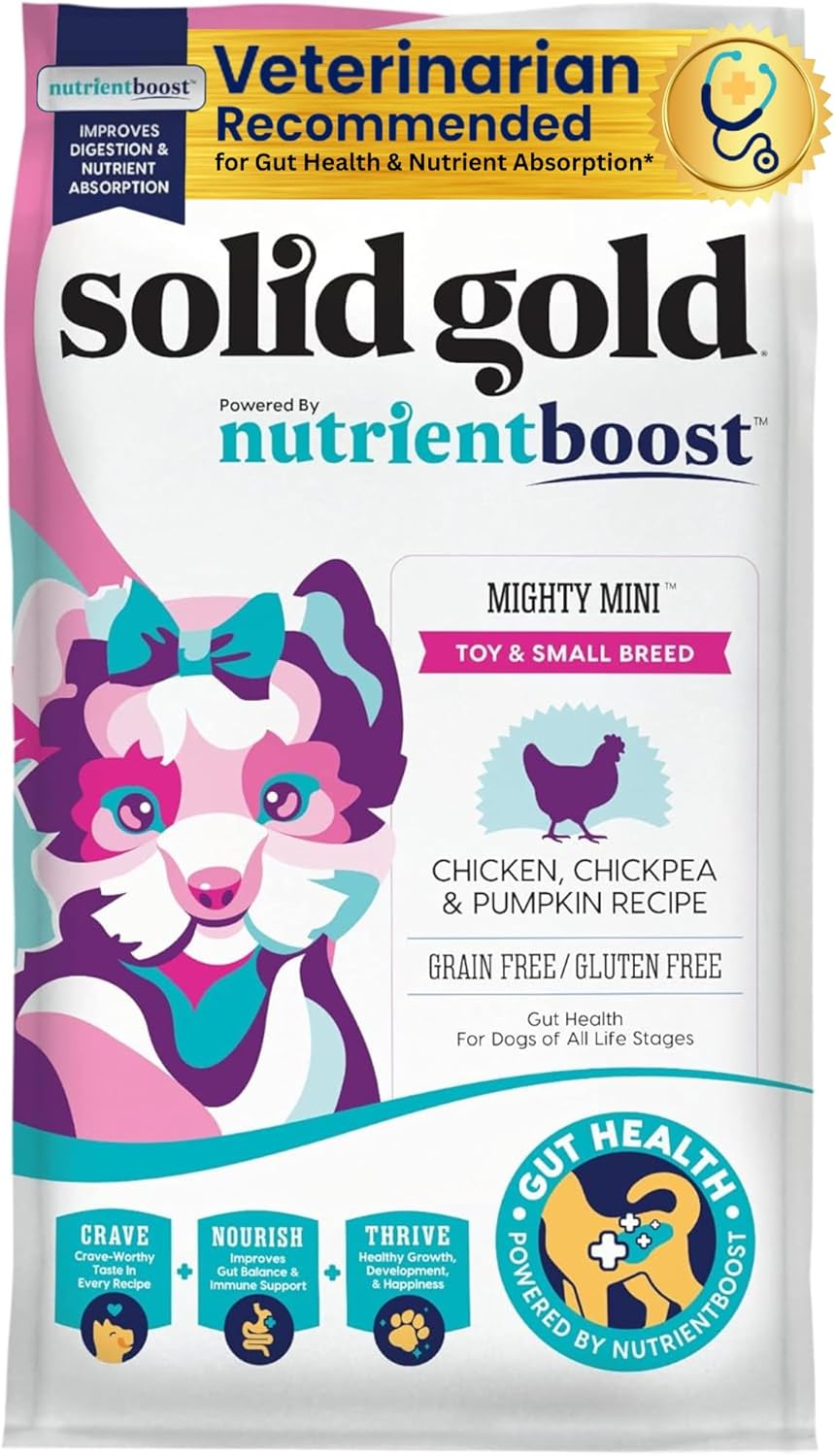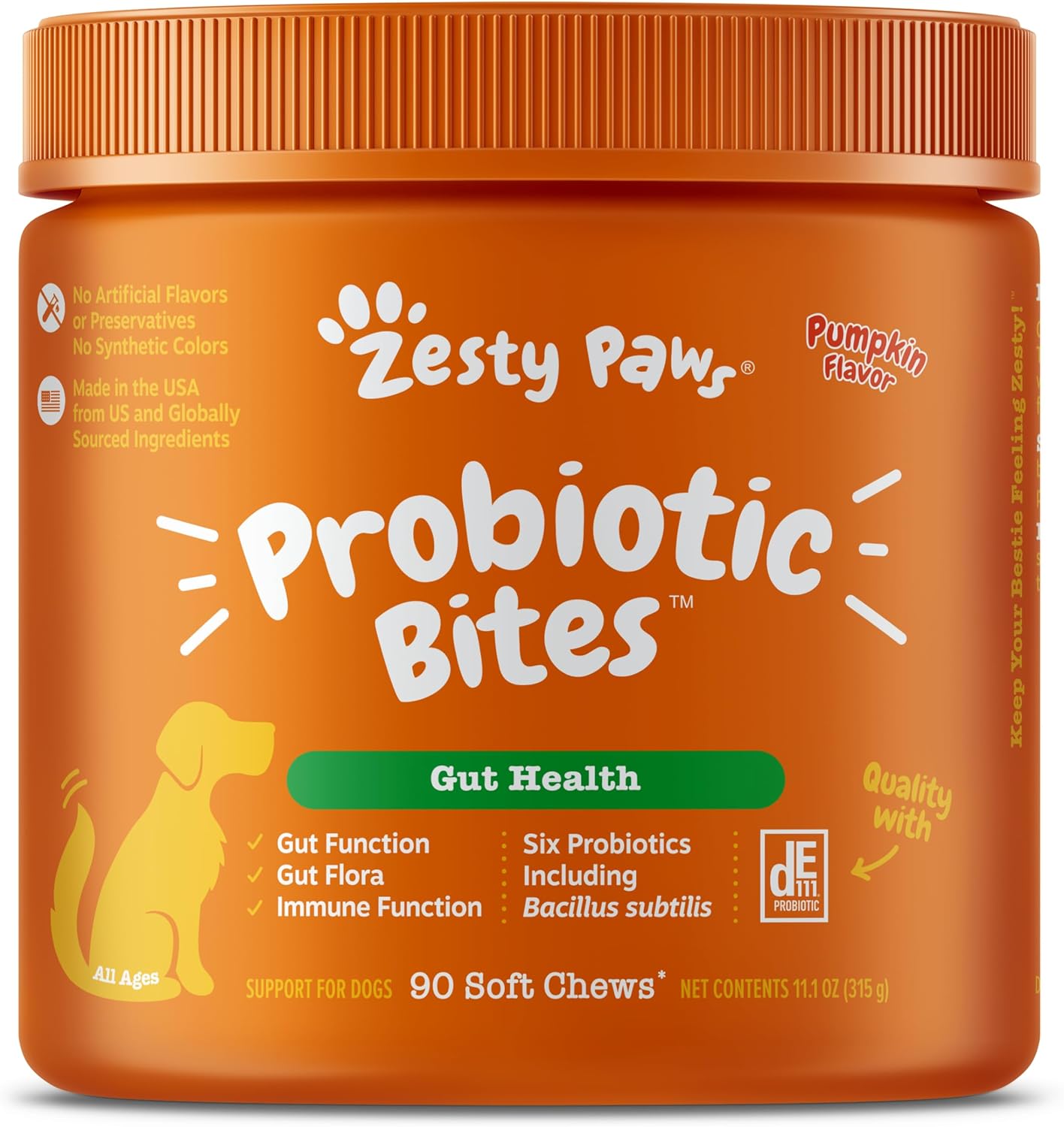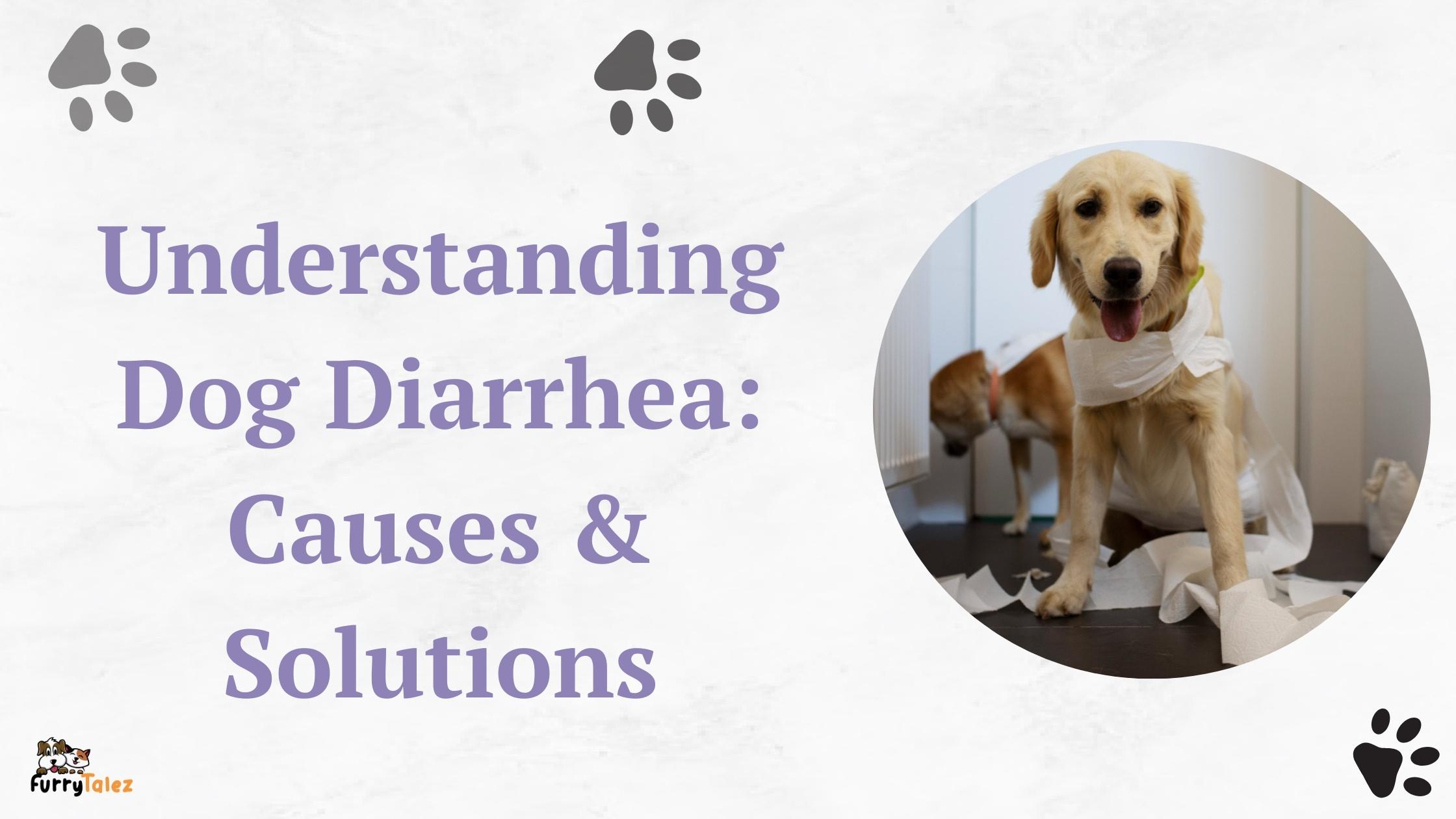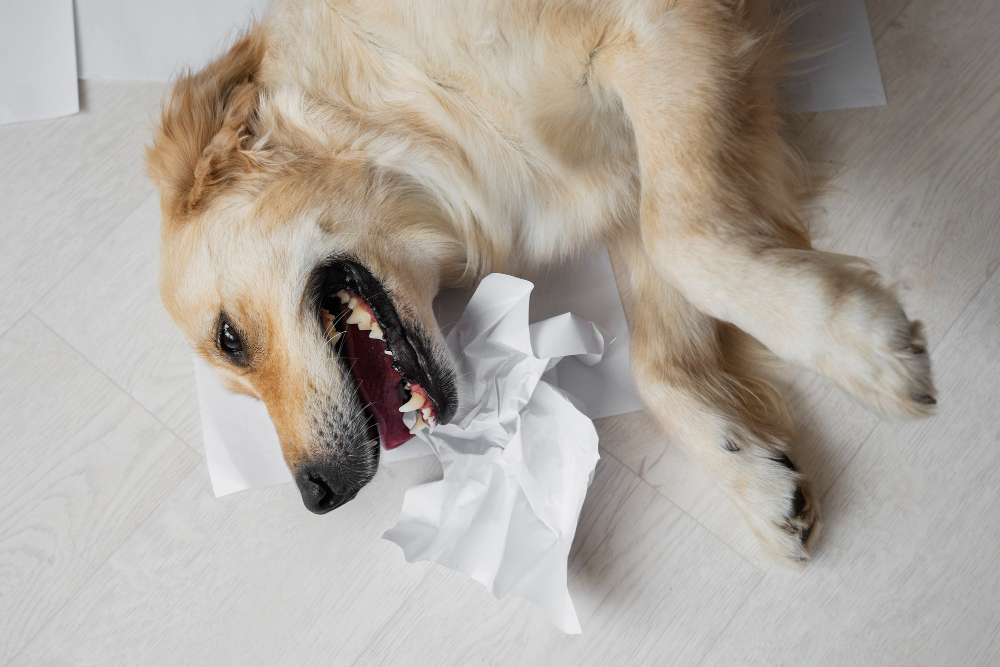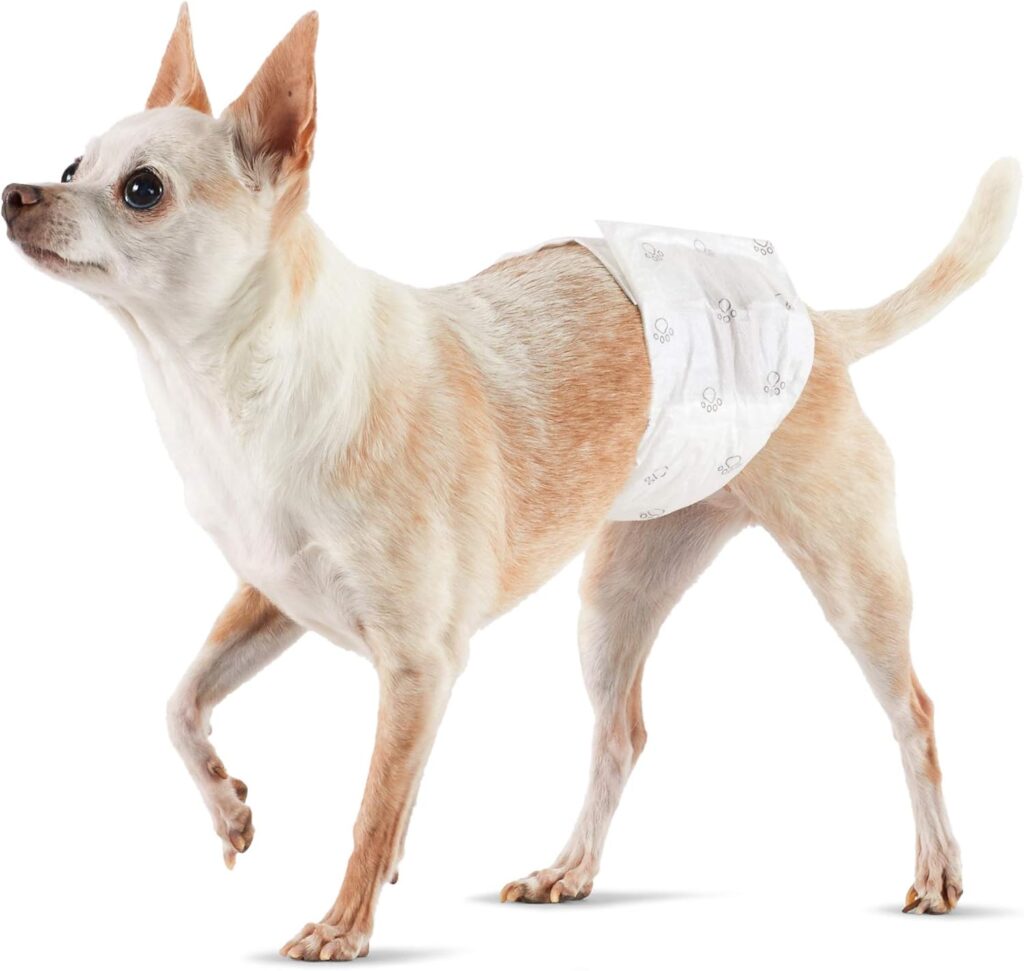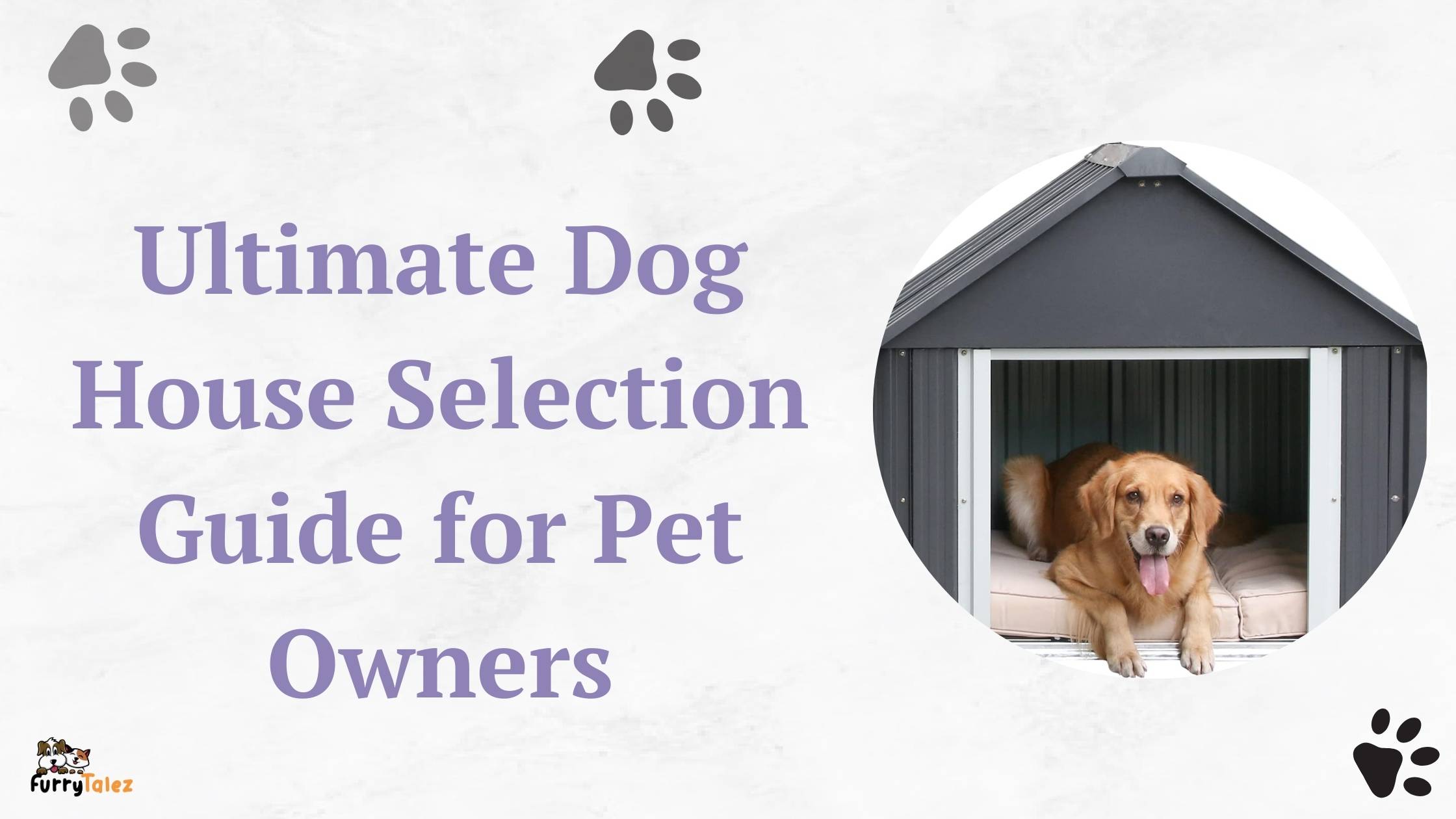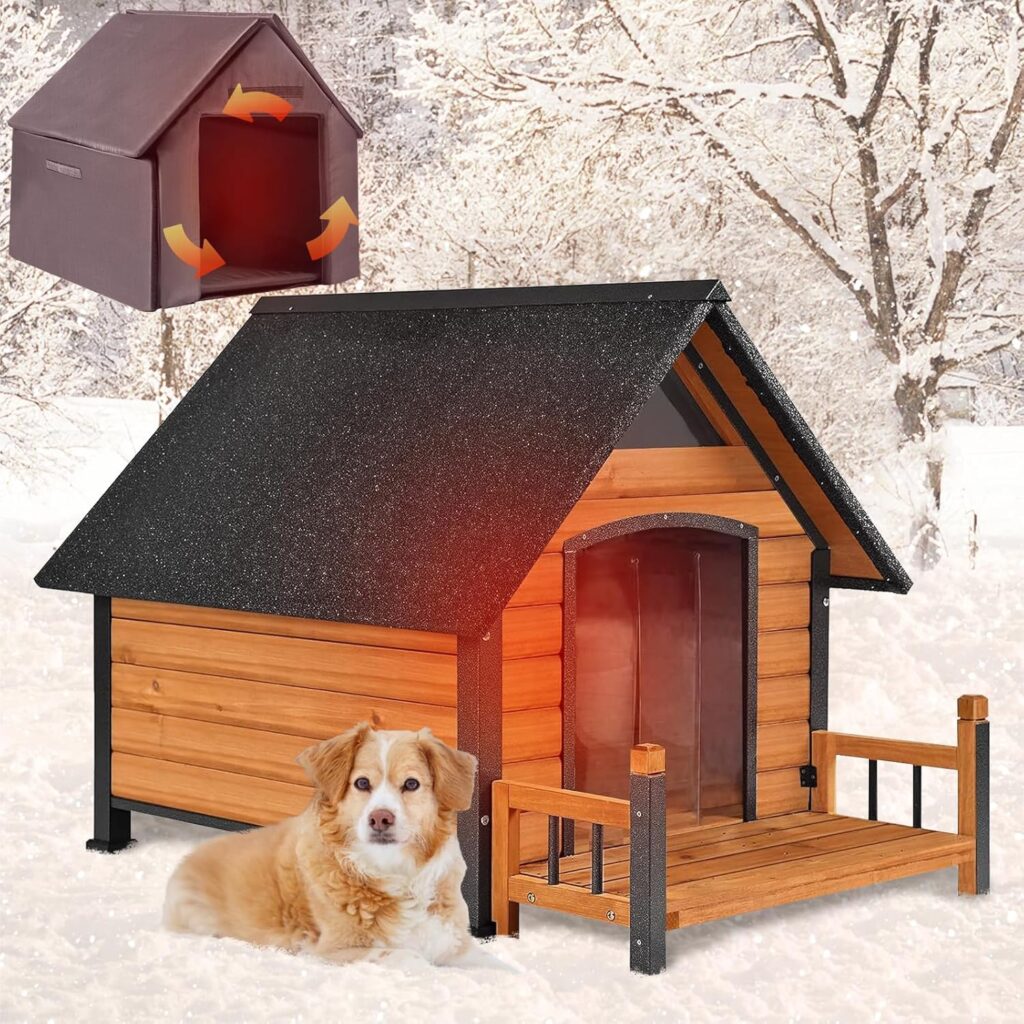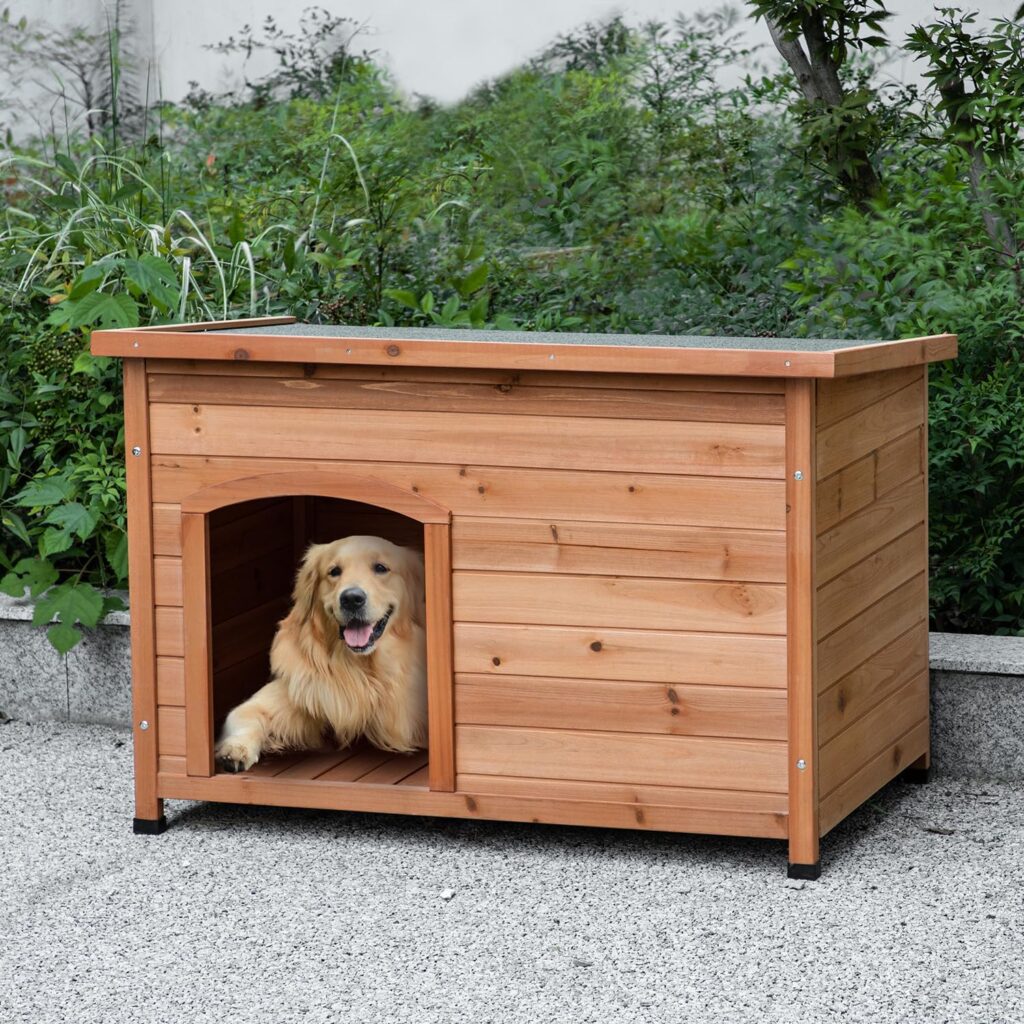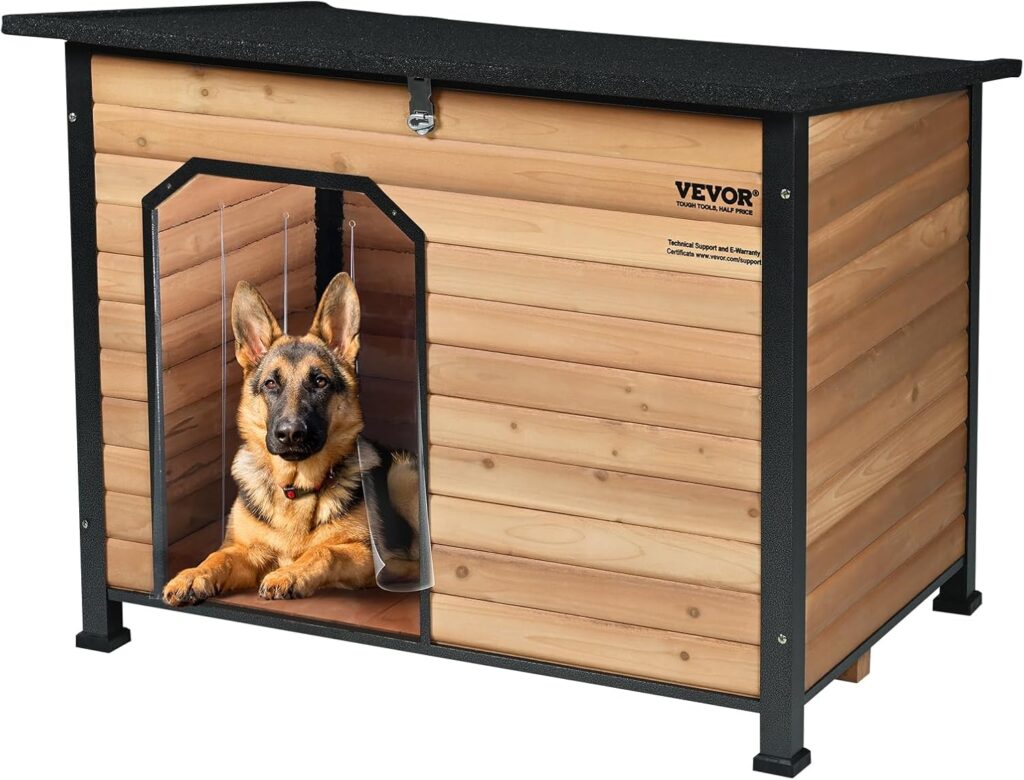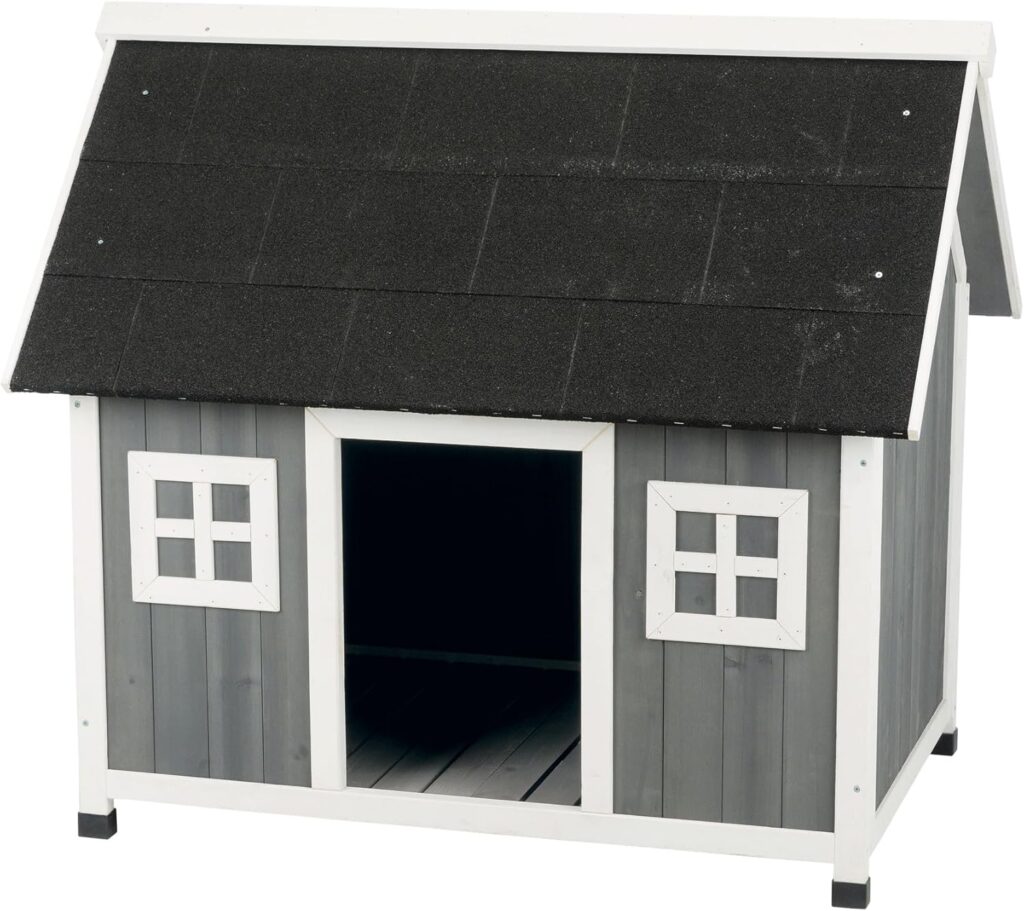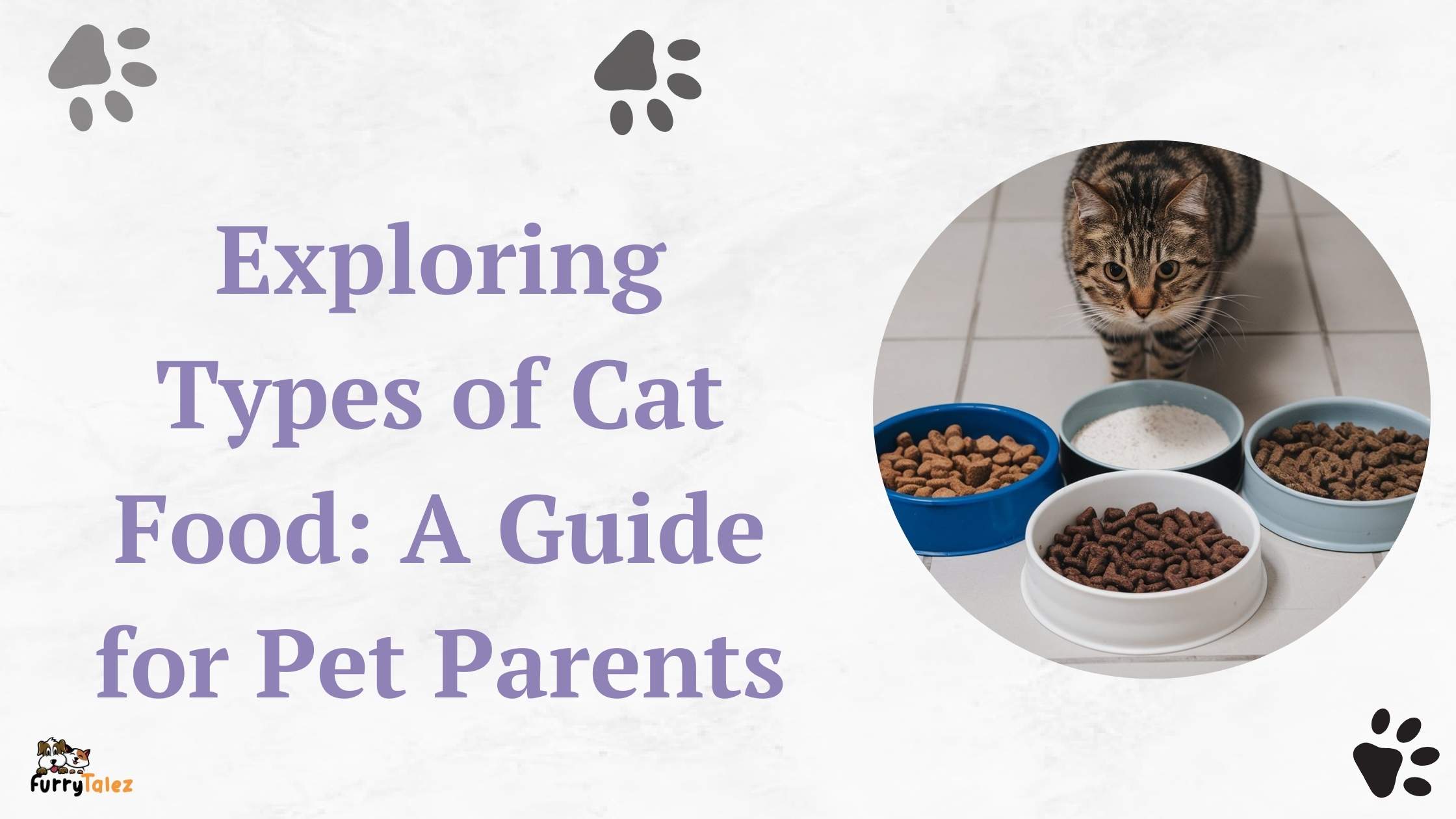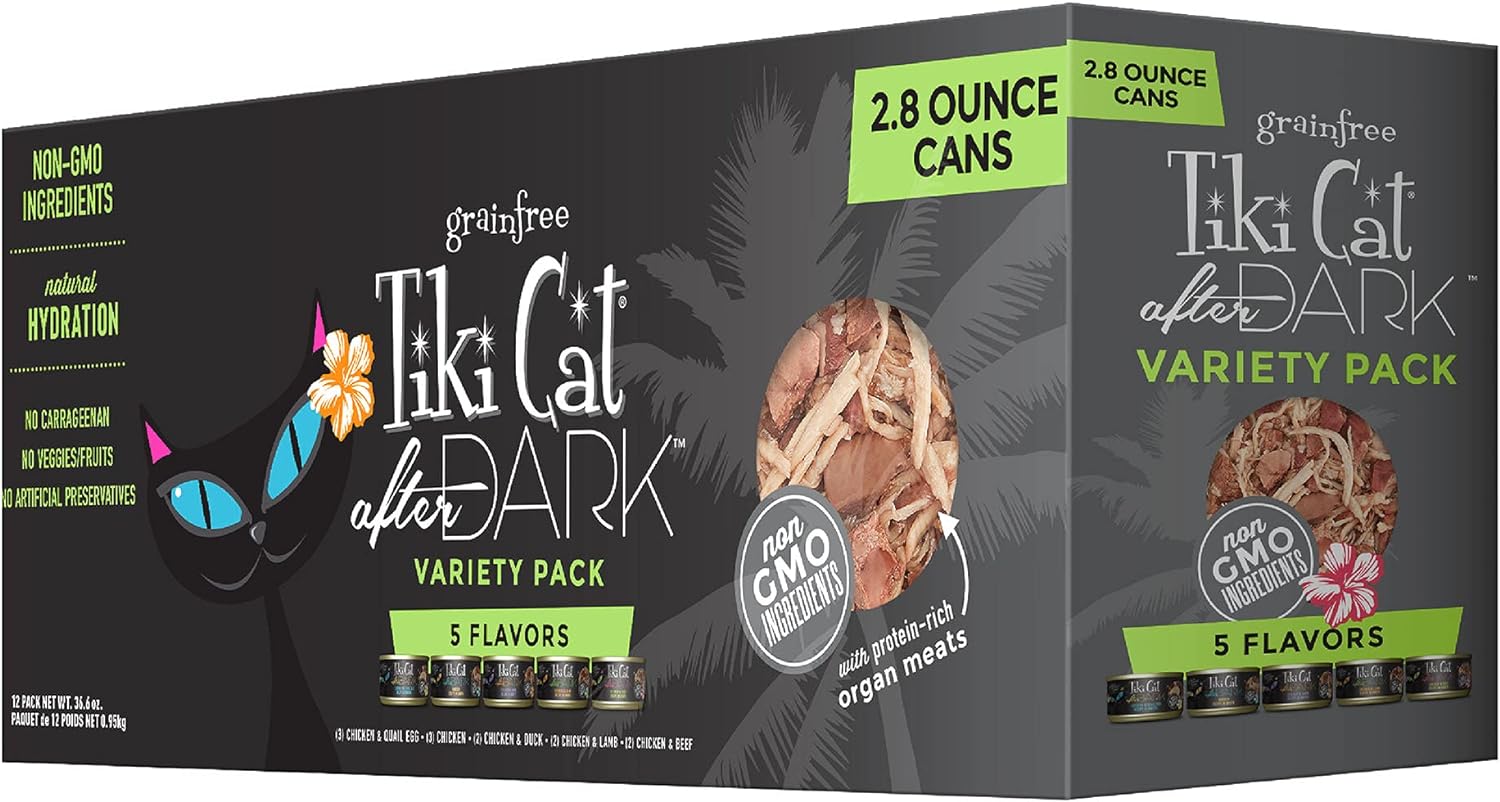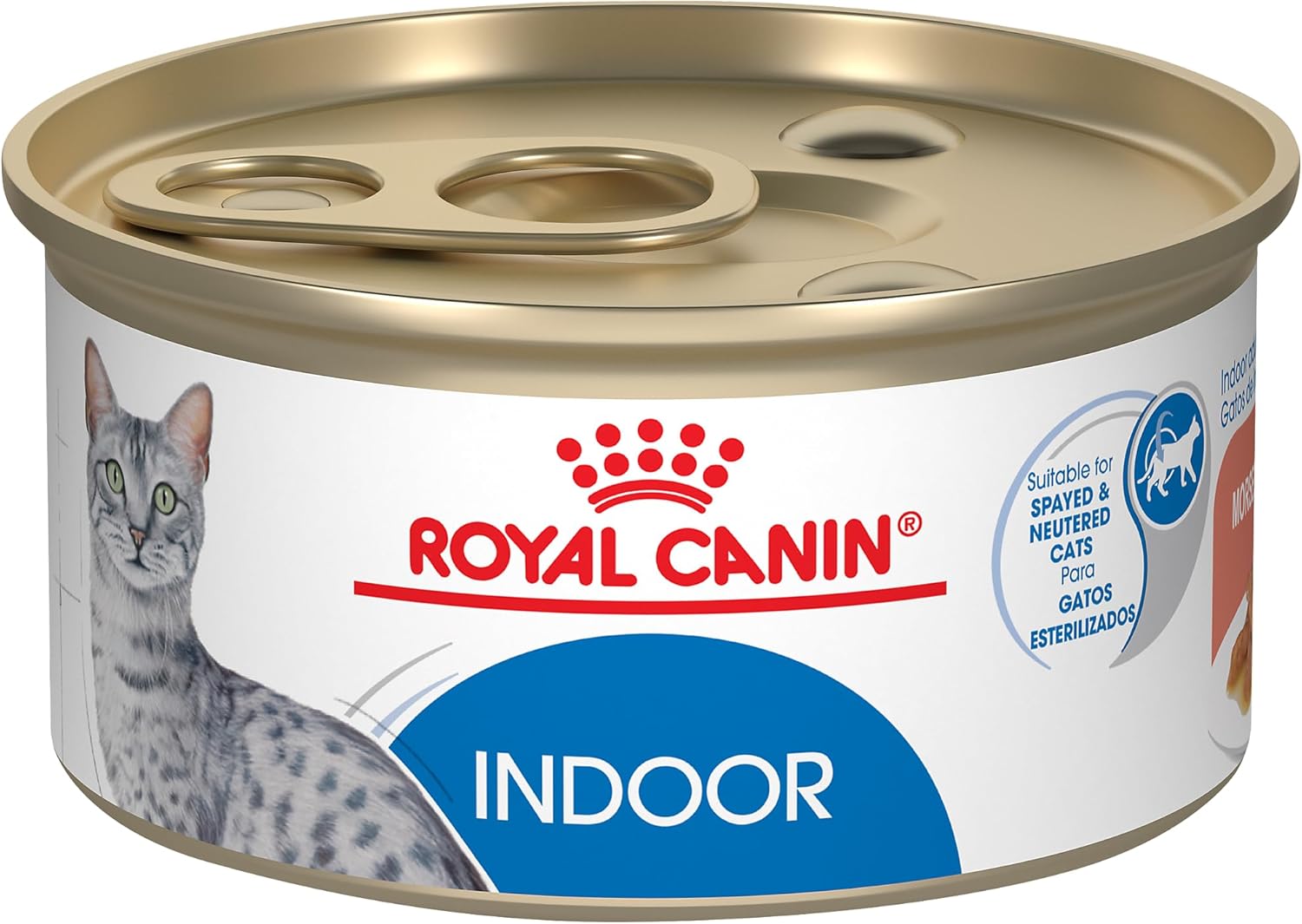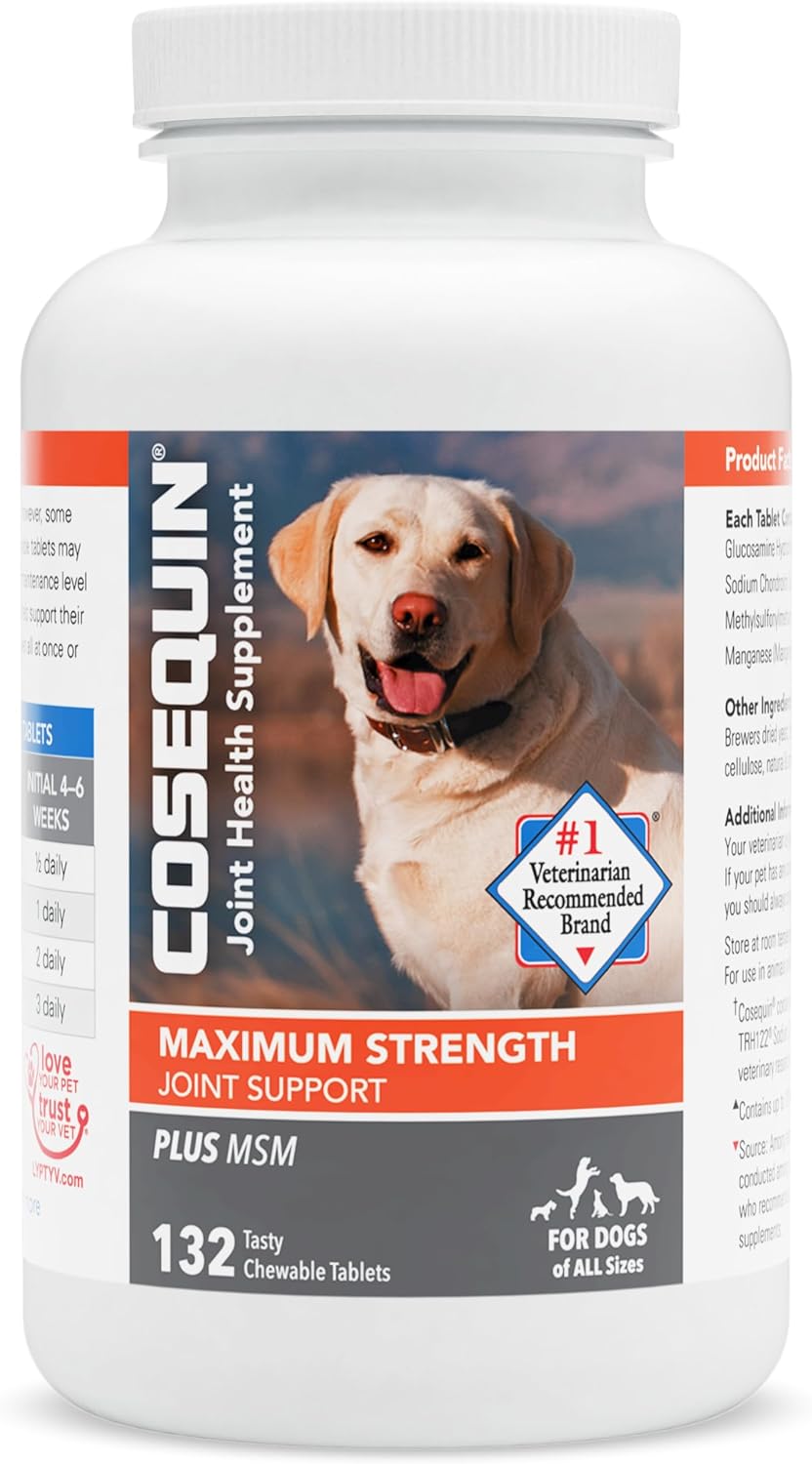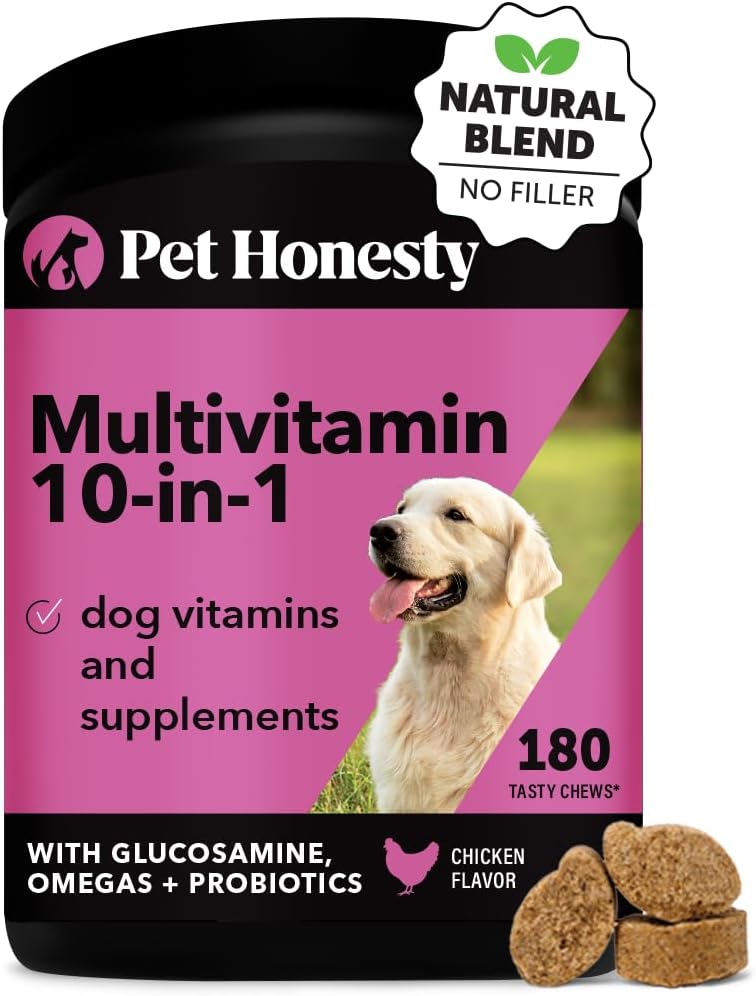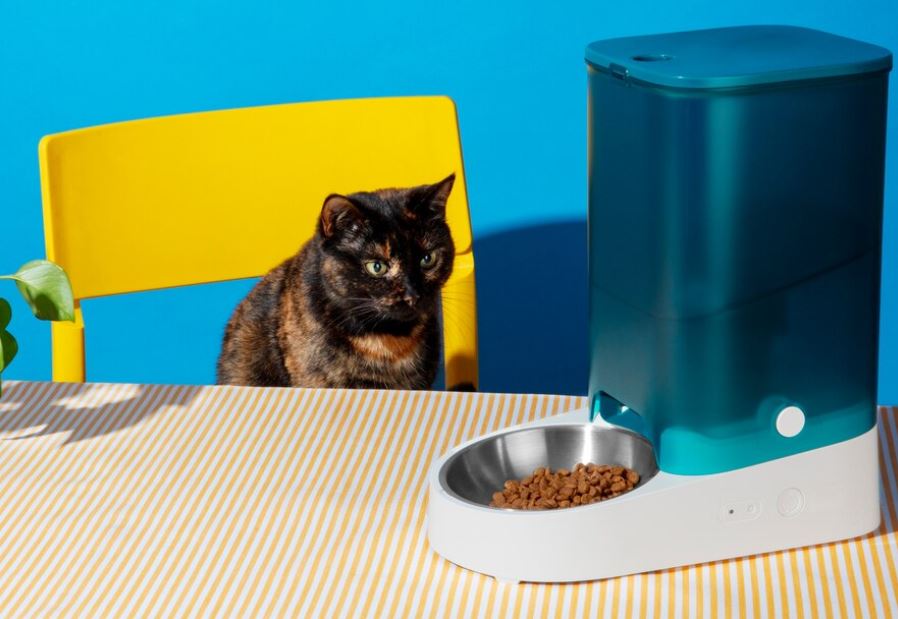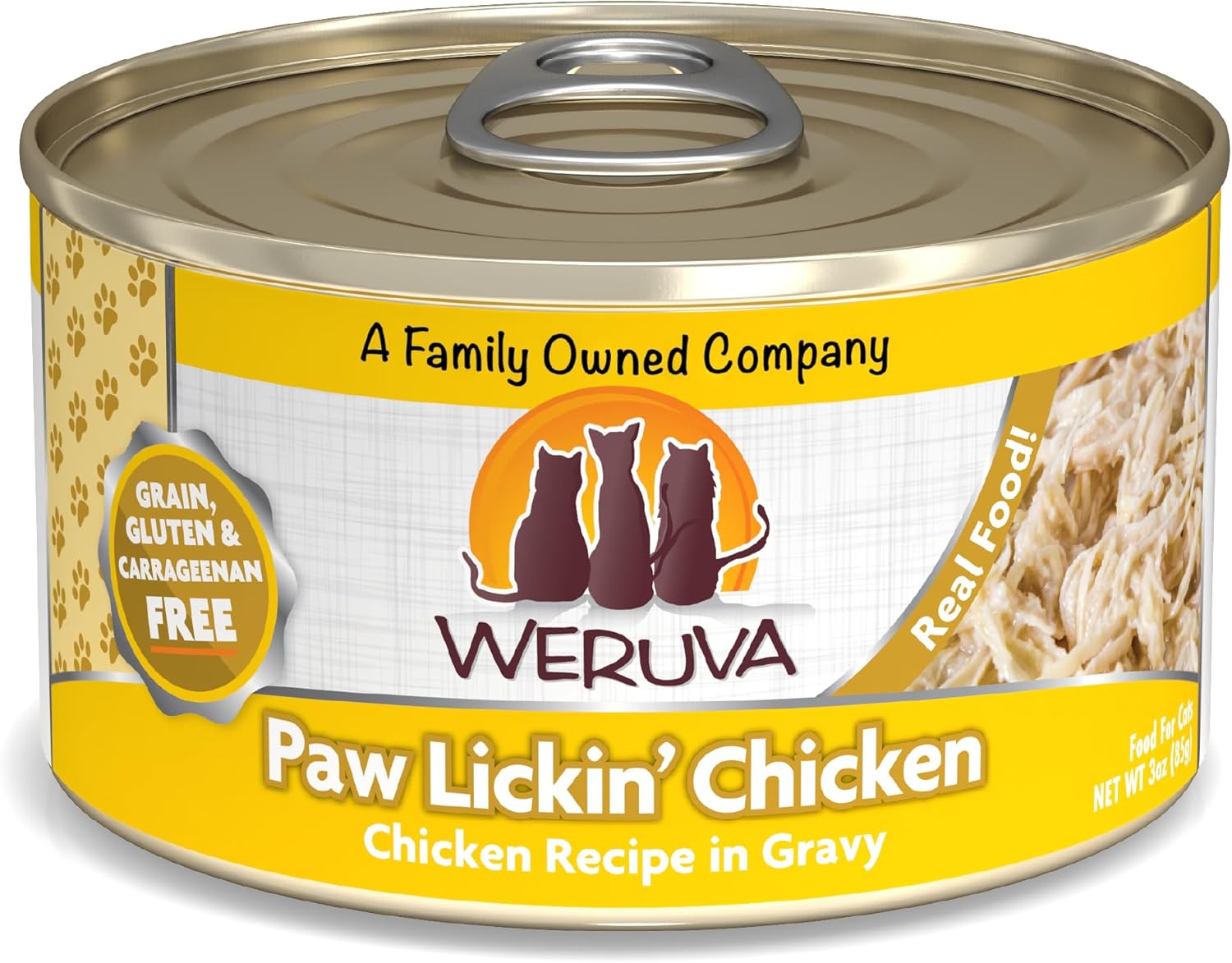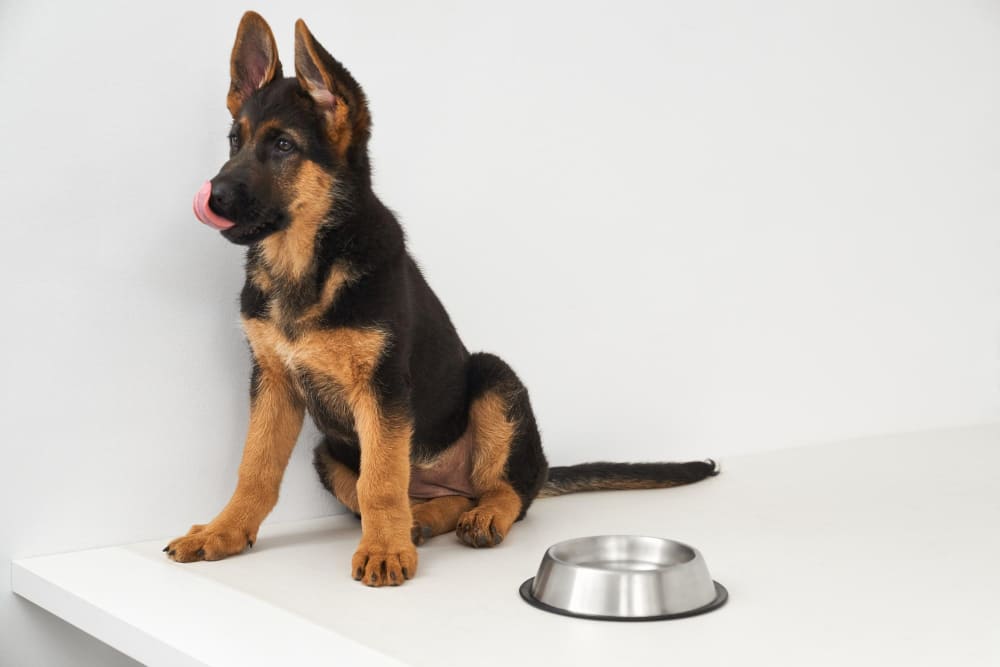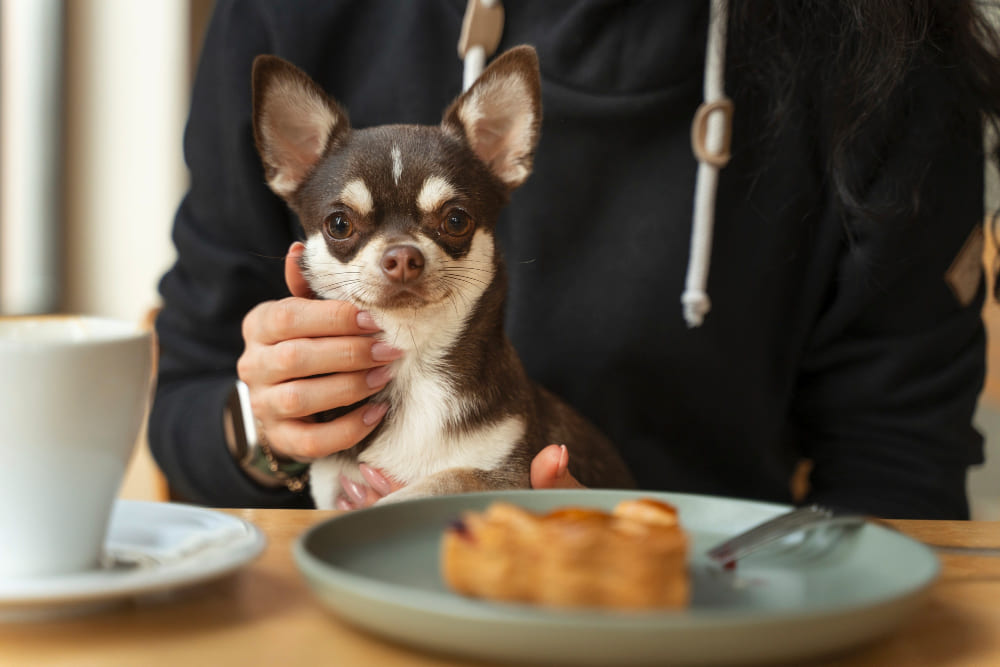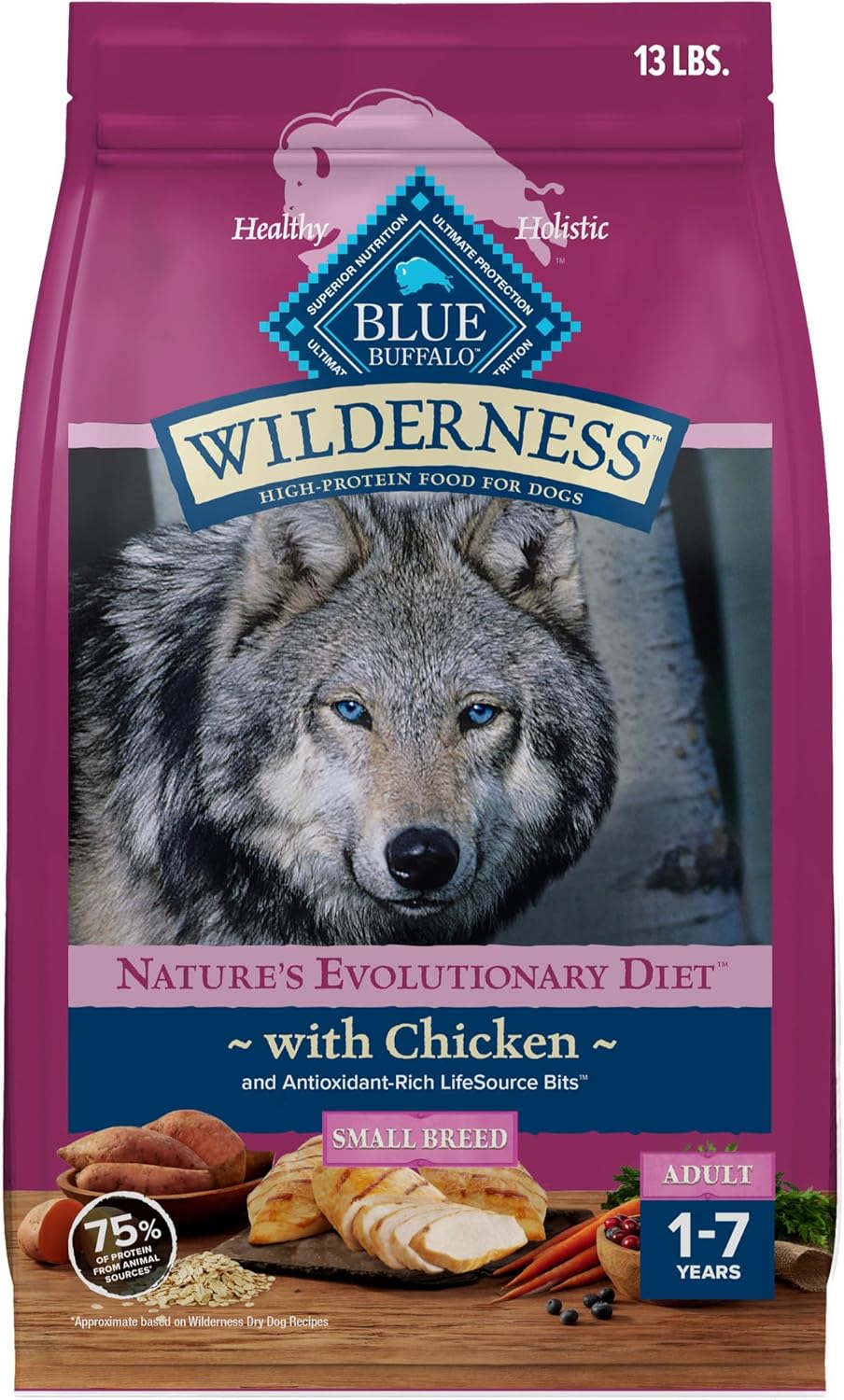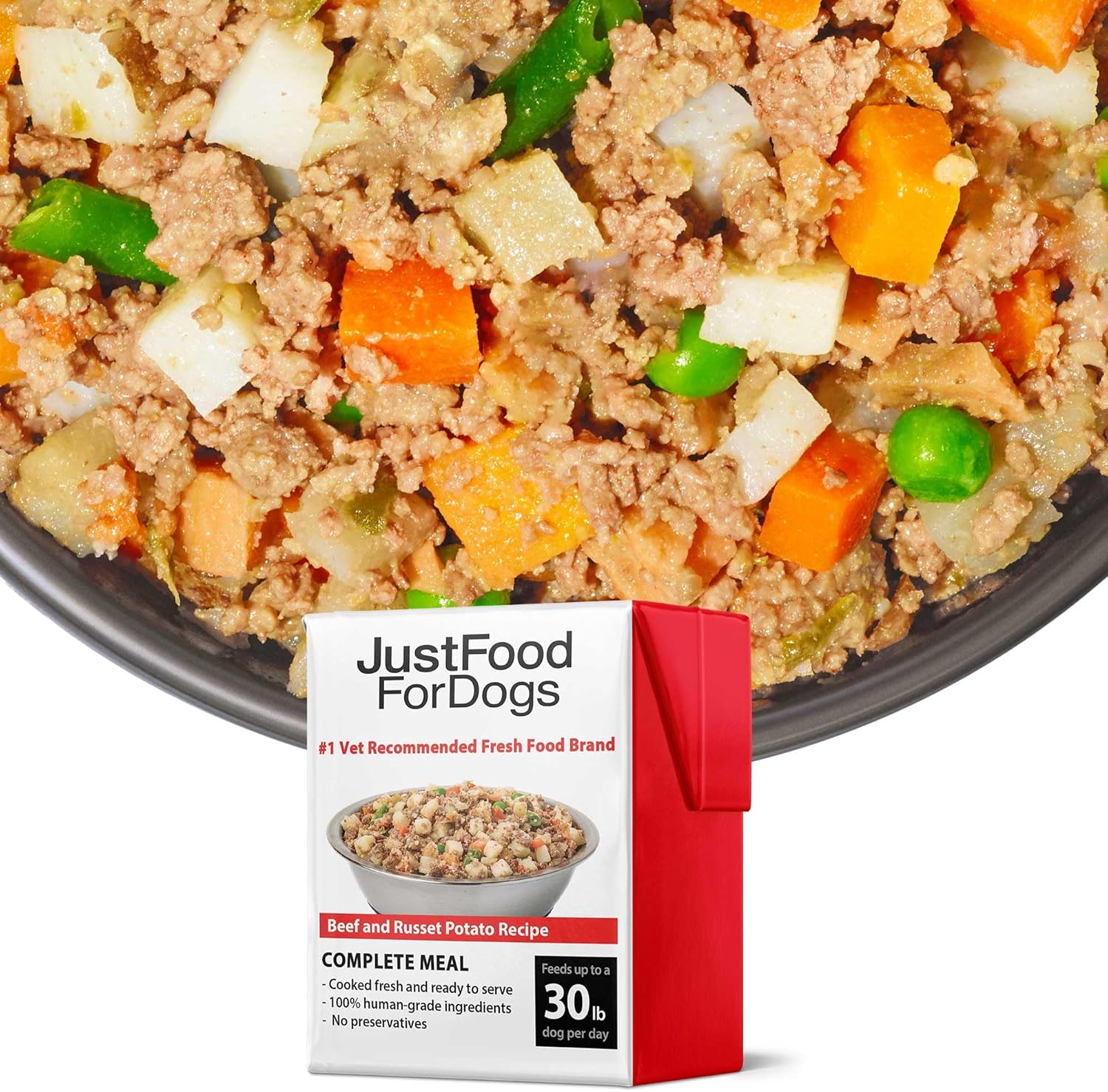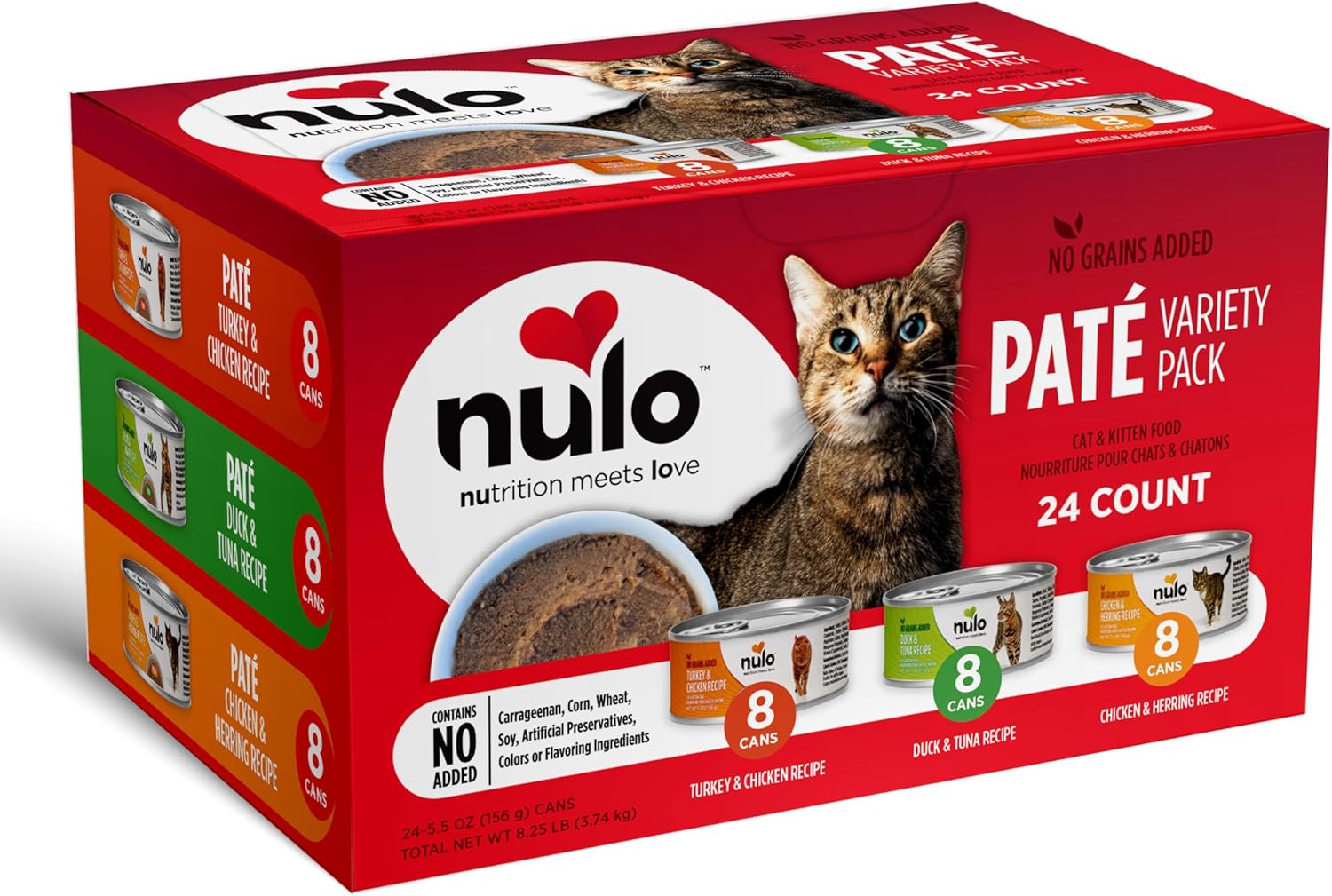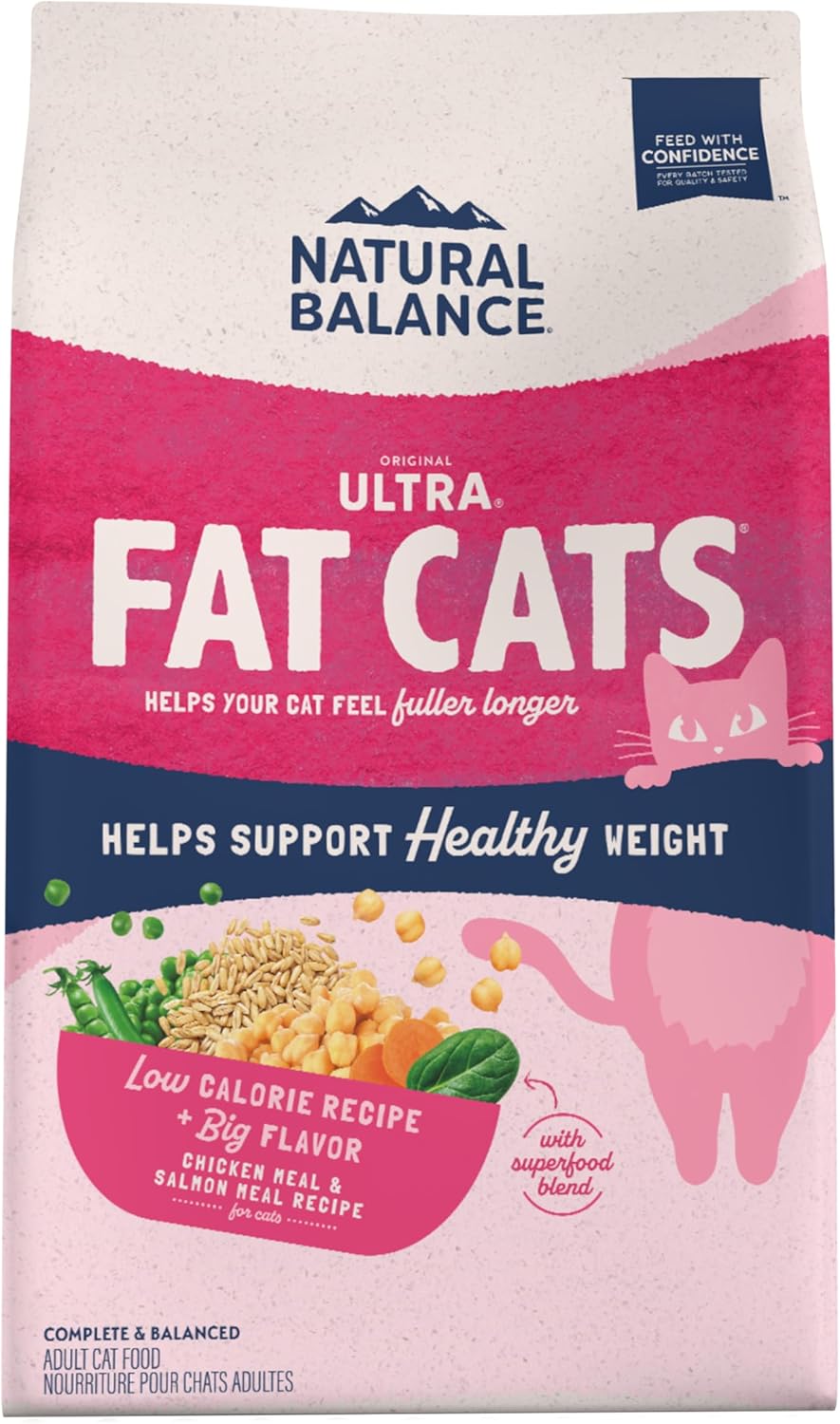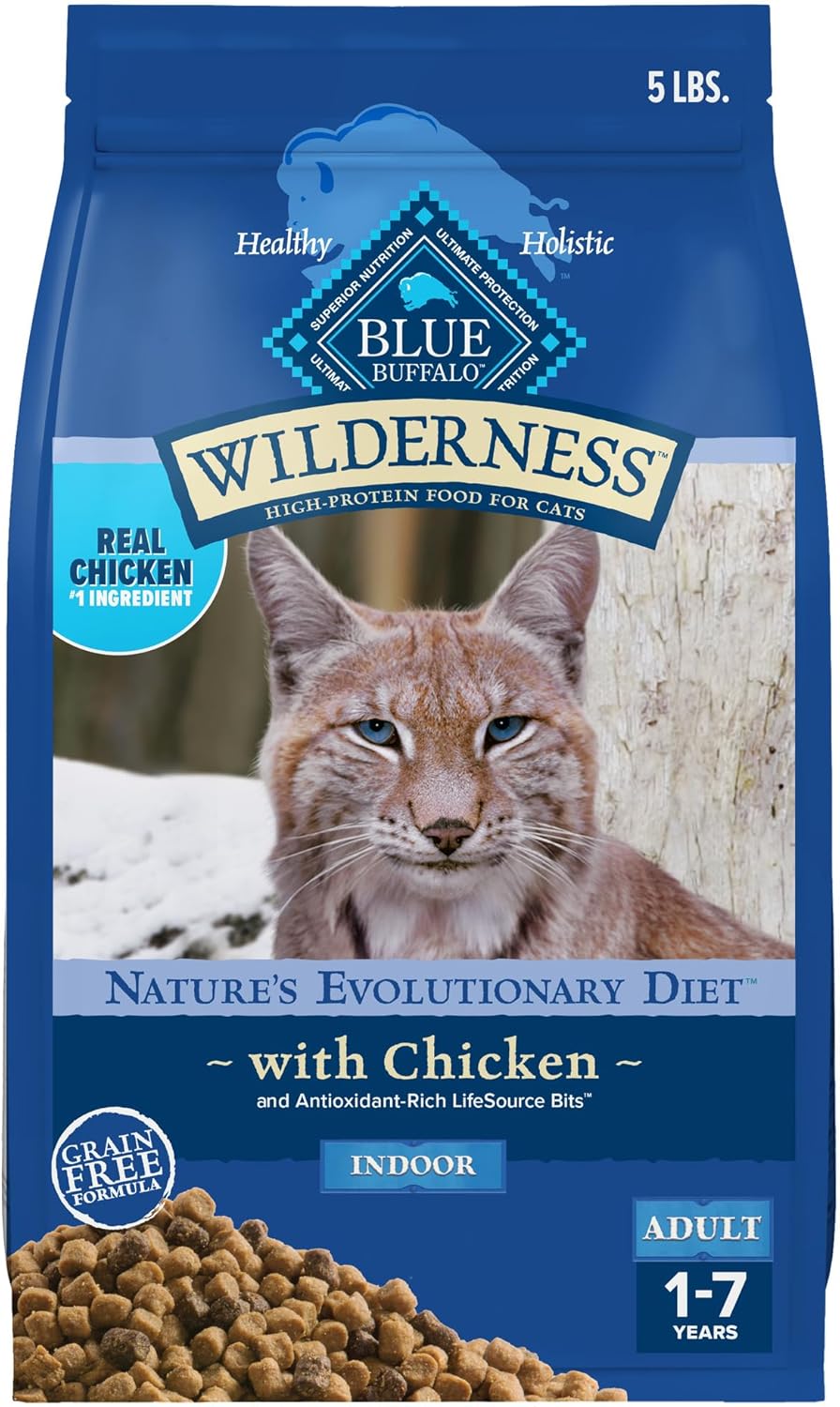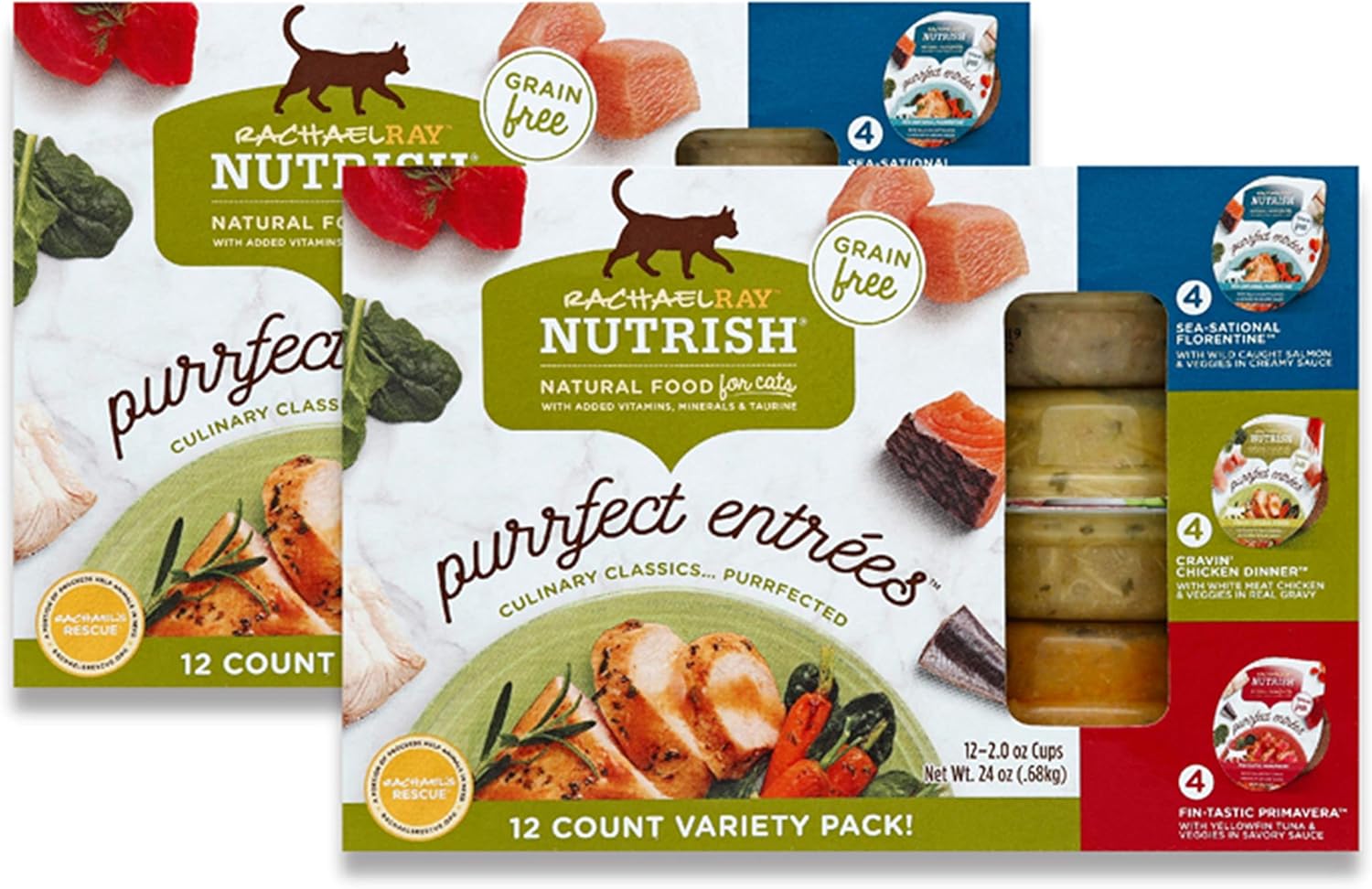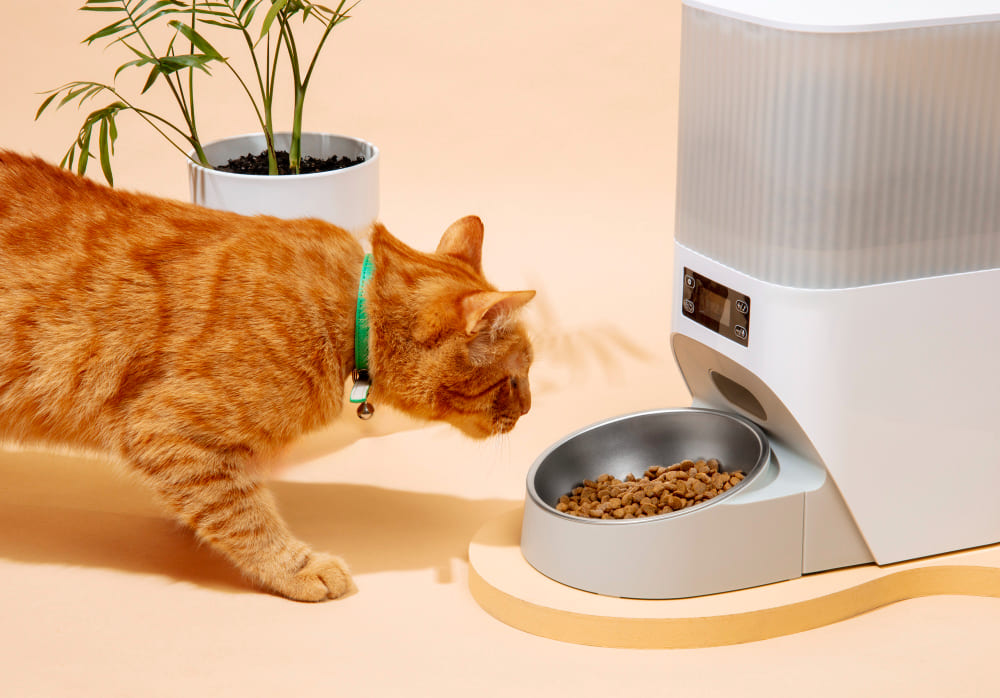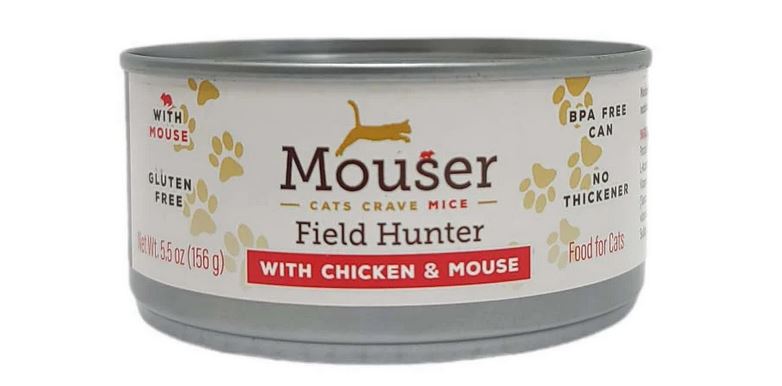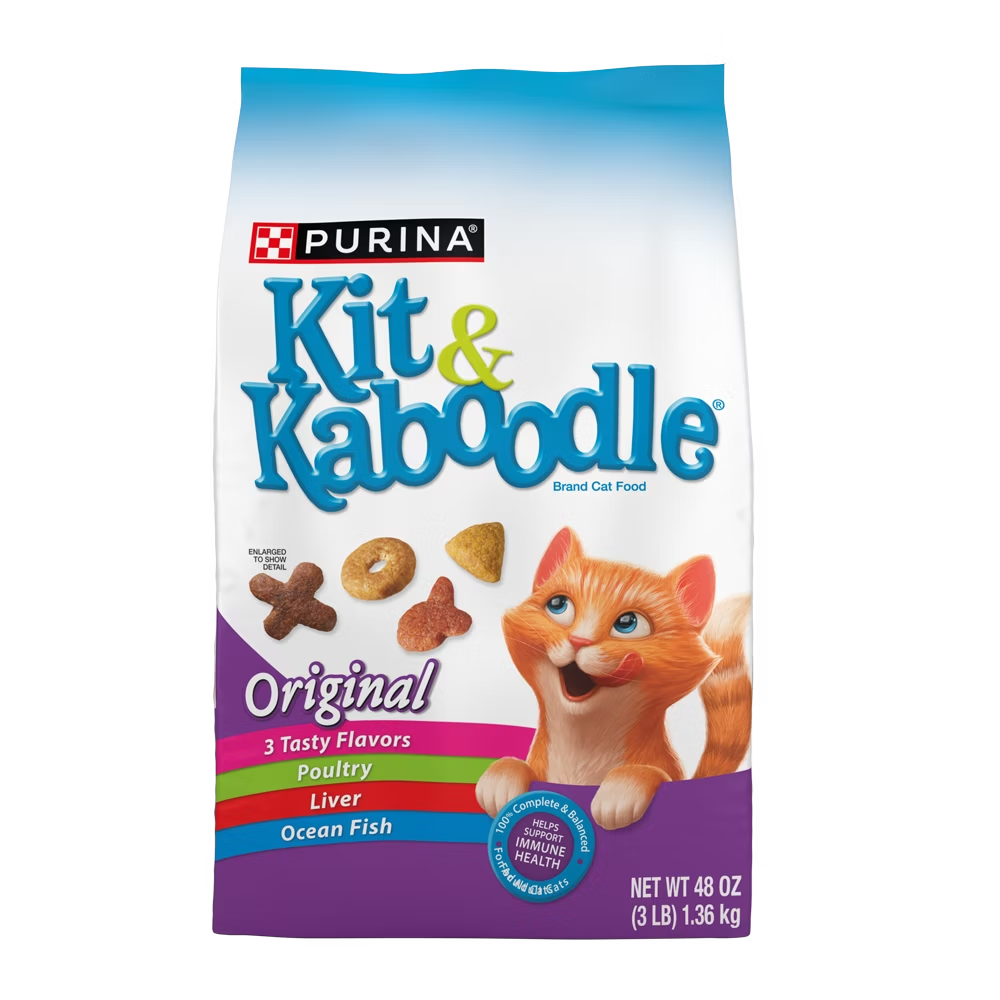Did you know flat-buckle collars are the top choice for dog owners? They come in many sizes and materials. Some even have light-reflective strips for walks at night. The right collar is key for your dog’s comfort, safety, and training.
There are many types of dog collars out there. Some are for everyday use with ID tags, while others are for training. This guide will show you the best collars for safety, comfort, and function. It will make choosing the right collar easier for dog owners.
In this guide, you’ll learn about different collars, materials, and features. Knowing about these can help you find the perfect collar for your dog. It’s not just about looks; it’s about what’s best for your pet.
Table of Contents
Understanding the Importance of a Dog Collar
A dog collar is more than just a fashion statement. It’s a key way to identify your dog. Many places require dogs to wear collars with ID tags. This makes it easier to find a lost dog.
Collars keep dogs safe and help owners control them. They’re crucial for therapy and assistance dogs. Different collars, like training collars, help teach good behavior without hurting the dog.
Choosing the right collar is important for your dog’s health. Martingale collars stop dogs from slipping out, great for certain breeds. Rolled collars are good for dogs with sensitive skin. Body harnesses protect small dogs from harm. The right collar shows off your dog’s personality and helps with training.
Types of Dog Collars Available
Choosing the right collar for your dog is key for their safety and comfort. There are many types of dog collars, each for different uses and dog behaviors. Let’s look at some common ones, like flat-buckle, martingale, choke, and head halters.
Flat-buckle Collars

Flat-buckle collars are a top pick for many dog owners. They have a simple buckle for easy adjustments. Made from nylon or leather, they come in many designs and colors. They’re great for daily use and hold ID tags well.
Martingale Collars
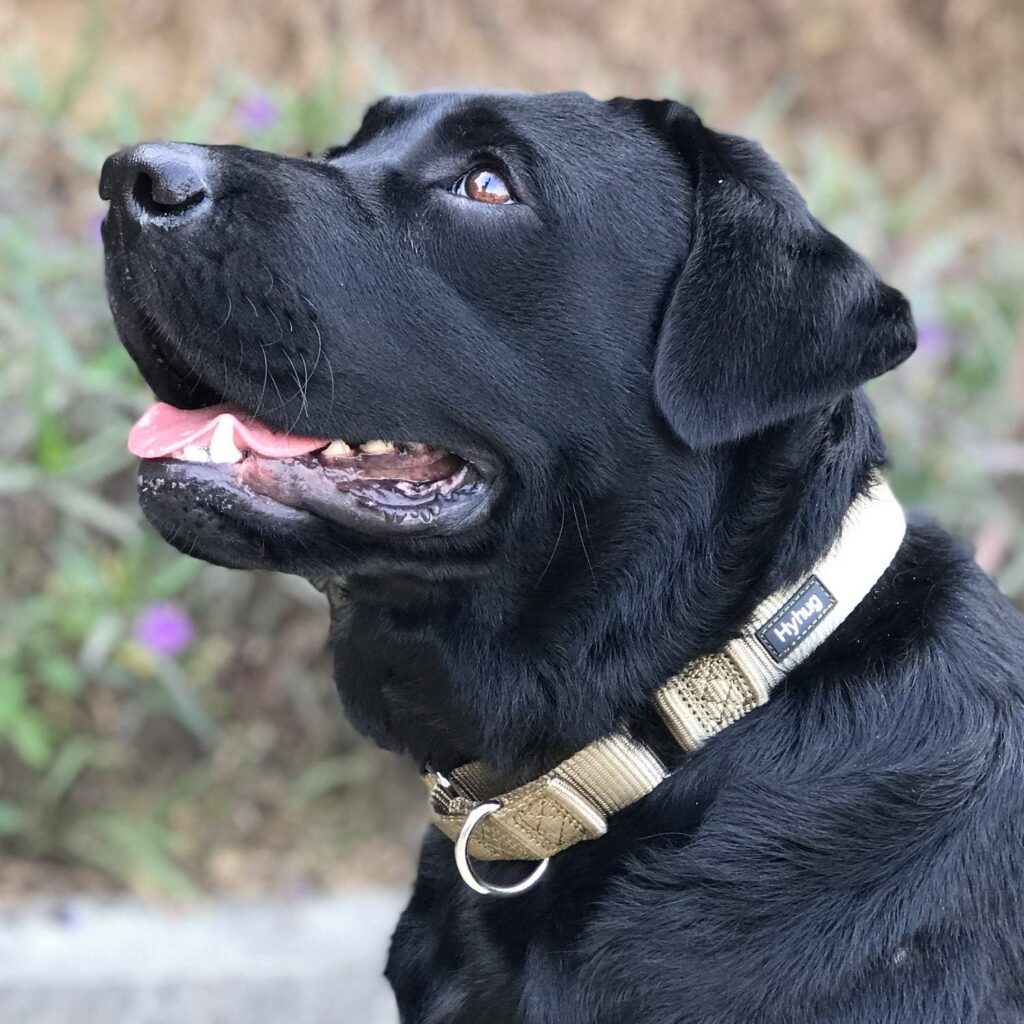
Martingale collars, or limited slip collars, are good for dogs with narrow heads, like sighthounds. They tighten a bit when pulled, keeping the dog from slipping out but not choking. Many trainers use them for training, as they offer control without discomfort.
Choke Collars
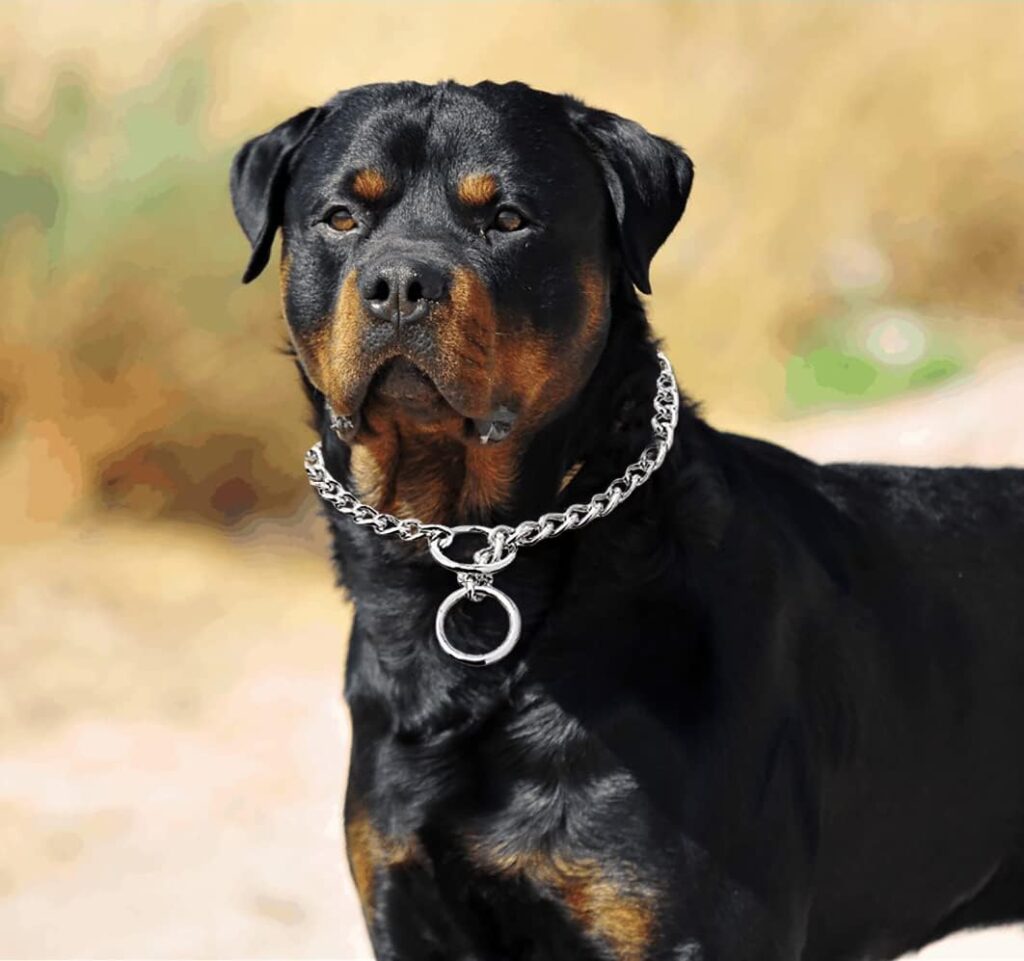
Choke collars, or choke chains, have been used for training for years. However, many experts warn against them because of the risk of injury or distress. Safer training methods are preferred.
Head Halters
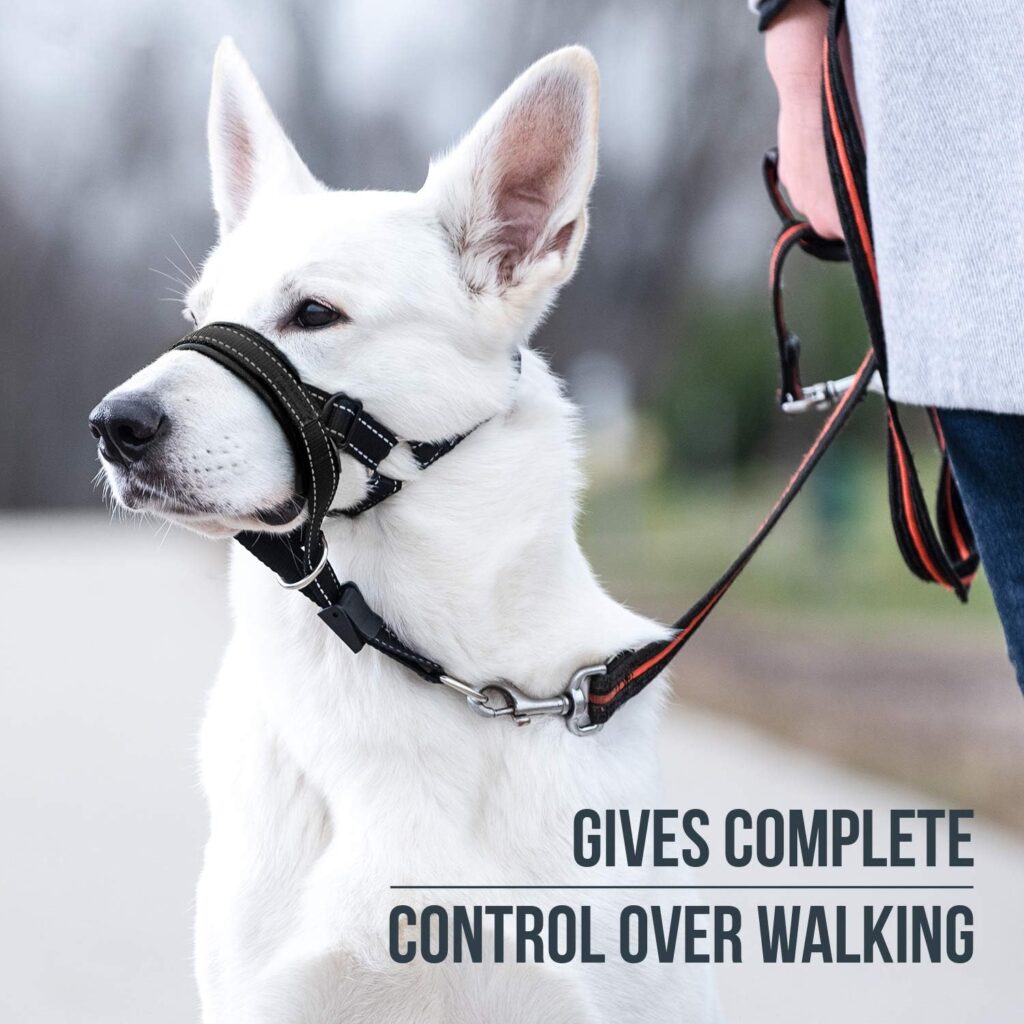
Head halters, like the Gentle Leader, are great for training bigger or stronger dogs. They let handlers control the head, making walks easier without neck pressure. They support positive training, making walks more comfortable for dogs and owners.
Knowing about different dog collars helps owners pick the best one for their pet. It improves their training experience.
Choosing the Right Material for Your Dog’s Collar
Choosing the right collar for your dog is important. It affects both how long it lasts and how comfortable it is. Knowing about different collar materials helps you pick the best one for your pet.
Nylon Collars
Nylon collars are loved for being light and colorful. They’re affordable and good at resisting UV rays. They also stretch a bit, making them great for puppies or energetic dogs.
However, nylon collars can sometimes smell. But, washing them regularly can help keep them smelling fresh.
Leather Collars
Leather collars are known for their classic look and durability. They need more care than other materials but are very strong. Leather doesn’t hold smells well, making them perfect for daily use.
They’re also popular for their unique style and status. This makes them a favorite among dog owners.
Biothane Collars
Biothane collars are great for dogs that love water or are very active. They’re waterproof, easy to clean, and light. This makes them very practical.
They’re also soft and flexible, making them comfortable. Plus, they’re very durable, making them perfect for outdoor adventures.
| Collar Material | Durability | Water Resistance | Maintenance | Comfort |
|---|---|---|---|---|
| Nylon | Moderate | Yes | Low | Good |
| Leather | High | No | Moderate | Excellent |
| Biothane | High | Yes | Very Low | Very Good |
Choosing the right collar is key for a happy experience for you and your dog. Each collar has its own benefits, fitting different dogs, activities, and tastes.
Features to Consider in a Dog Collar
Choosing the right dog collar is key. It must ensure safety, function, and comfort for your pet. Look for reflective elements, ID tag attachments, and a good fit.
Reflective Elements
Reflective collars make your dog visible at night or in busy places. This is great for dogs that like evening walks. It helps keep them safe by making them easier to see.
ID Tag Attachment
ID tags are crucial for any collar. They help find lost dogs and bring them back home. Many collars have special spots for these tags, keeping your dog’s info handy.
Comfort and Fit
A comfy collar is vital for your dog’s skin health and happiness. It should fit well, not too tight or too loose. Measure your dog’s neck carefully and pick a collar that grows with them.
| Feature | Description |
|---|---|
| Reflective Elements | Enhances visibility in low-light conditions to promote safety. |
| ID Tag Attachment | Provides critical information about the dog’s owner and its identity. |
| Comfort and Fit | Prevents skin irritation and allows for a comfortable wearing experience. |
Dog Collar Safety Considerations
Keeping your dog’s collar safe is crucial for their health and safety. Regular checks on the collar’s fit and material can prevent injuries. This gives you peace of mind when your dog is playing or at home.
Check for Proper Fit
A collar must fit right to avoid injuries. It should be loose enough for two fingers to fit between the collar and your dog’s neck. If it’s too tight, it can hurt their neck and cause skin problems.
If it’s too loose, it might get tangled, leading to broken legs or mouth injuries. It’s especially important for growing puppies, as their neck size changes fast.
Material Durability
The durability of the collar material is key for safety. A worn-out collar can break easily. Nylon and leather collars are usually durable, while Biothane collars are waterproof.
Choosing a high-quality collar means it lasts longer. This reduces the chance of accidents caused by a broken collar.
Comfort to Prevent Skin Issues
Comfort is vital for collar safety. A collar that’s too tight can irritate the skin, cause inflammation, or lead to infections. Padded or rounded collars are more comfortable, especially for long wear.
Watching your dog for signs of discomfort and checking the collar’s fit regularly is important. This helps keep them healthy and happy.
Dog Collar vs. Harness: Which is Best?
Deciding between a dog collar and a harness depends on your dog’s needs. The dog collar vs harness choice is important. It affects how they walk, their health, and training. For dogs that walk well on a leash, collars are usually enough. They’re easy to use and help identify your dog.
However, harnesses are better for some dogs. They’re great for dogs that pull or have neck problems. Harnesses spread out the force, making them safer for dogs with health issues. Dogs with fragile backs, like Dachshunds, should wear harnesses to avoid injury.
Small toy breeds also benefit from harnesses. They’re less likely to choke than with collars. It’s important to know when to use a dog harness. Puppies and adventurous dogs often do better with harnesses. Harnesses are also harder for dogs to slip out of.
| Feature | Dog Collar | Dog Harness |
|---|---|---|
| Best for Well-Behaved Dogs | Yes | No |
| Distribution of Pressure | Neck Only | Chest and Body |
| Ideal for Puppies | Unrecommended | Recommended |
| Good for Breeds with Health Issues | No | Yes |
| Accessibility for Quick Potty Breaks | Yes | No |
| Easier for Quick Leash Training | Yes | No |
In summary, choosing between a collar and a harness depends on your dog’s behavior and health. Knowing the differences helps keep your dog comfortable and safe while walking.
Note: There might be affiliate links mentioned here. We may receive a commission if you purchase a product through an affiliate link. There is no additional charge for you. Please do your own research before making any online
Specialized Collars for Specific Needs
Choosing the right collar for your dog is important. Specialized collars meet specific needs and challenges. They go beyond just identifying your pet. These collars improve safety and function.
Flea and Tick Collars
Flea and tick collars protect your dog from pests. They contain chemicals that keep fleas and ticks away. Make sure the collar fits well to work best.
GPS Dog Collars
GPS collars are great for dogs who love to roam. They use satellite tech to track your dog’s location. This helps you find them quickly, especially in new places.
Shock Collars
Shock collars are used for training but are often debated. They use electric shocks to stop bad behavior. However, they can cause fear and anxiety in dogs. Always talk to a pro before using them.
| Collar Type | Primary Function | Considerations |
|---|---|---|
| Flea and Tick Collars | Pest protection | Fit is essential for effectiveness |
| GPS Dog Collars | Location tracking | Great for adventurous dogs |
| Shock Collars | Behavior modification | Can cause fear; consult professionals |
Trendy Dog Collars: Fashion Meets Function
For pet owners who want to express their dog’s style, trendy dog collars are perfect. They look great and serve important functions like identification and safety. There are many options that mix beauty with usefulness.
Diamond Dog Collar
The diamond dog collar is a luxurious choice for special days. It has sparkling embellishments that make any pet look stunning. These collars are not just for looks; they also help identify your pet.
They add an elegant touch that’s perfect for pets at big events or casual outings. You’ll want your furry friend to stand out.
Pink and Red Dog Collars
Pink and red dog collars show off your pet’s personality and style. These bright colors grab attention. They’re great for celebrating your dog’s birthday or adding color to their look.
These collars are fashionable and easy to spot. They keep your pet safe while showing off your sense of style.
Beaded and Spiked Collars
Beaded and spiked collars make a bold statement. They come in many designs, so you can pick one that fits your dog’s personality. They look cool and still do their job of identifying and keeping your pet safe.
These collars are perfect for pets who love adventure. They offer both style and practicality.
| Collar Type | Style Features | Occasions |
|---|---|---|
| Diamond Dog Collar | Elegant, embellished with diamonds | Special occasions, events |
| Pink and Red Dog Collars | Vibrant colors, playful designs | Everyday wear, celebrations |
| Beaded and Spiked Collars | Bold, eye-catching elements | Adventurous outings, casual walks |
Collar Recommendations for Small Breeds
Choosing the right collar for small breeds is key. They need something that’s both comfortable and functional. The market has many options designed just for them.
Best Collars for Small Dogs
Looking for the best collars for small dogs? Here are some top picks:
- Joytale Reflective Dog Collar: This collar is great for visibility and lasts long.
- Coastal’s Small Dog Collar: It’s affordable and still high-quality.
- Tuff Pupper Adjustable Dog Collar: It’s easy to adjust for different sizes.
- Arlee Pet Products Comfurt Collar: It’s made for comfort, especially after surgery.
- Youly Dog Collar: It’s tough, perfect for active small dogs.
- Covoroza Breakaway Collar with Bow Tie: It’s light and works well for small dogs.
- FLYSTAR Dog Collar: It’s stylish and lets small dogs show off their fashion sense.
These collars usually cost about $24.99 each. They come in sizes for small breeds, from 8 to 15 inches. Dogs like Yorkshire Terriers and Chihuahuas often wear them. It’s important to wear collars outside for safety and ID tags. But, you can take them off indoors if your dog doesn’t try to escape.
Small Dog Shock Collar Considerations
Thinking about a small dog shock collar? Safety and fit are crucial. Make sure it’s not too tight or too loose. It should fit so that you can fit two fingers between the collar and your dog’s neck.
For small breeds, shock collars need to be made just for them. Look for ones that have good reviews and are approved by vets and owners. This way, you can control your dog without causing them too much stress.
| Collar Type | Price | Recommended For |
|---|---|---|
| Joytale Reflective Dog Collar | $7.99 | Visibility |
| Coastal’s Small Dog Collar | $10.99 | Budget-Friendly |
| Tuff Buckle Adjustable Dog Collar | $17.99 | Practical Use |
| Arlee Pet Products Comfurt Collar | $10.99 | Recovery |
| Youly Dog Collar | $15.99 | Adventurous Dogs |
| Covoroza Breakaway Collar with Bow Tie | $12.99 | Lightweight Option |
| FLYSTAR Dog Collar | $17.99 | Fashion |
Collar Recommendations for Large Breeds
Choosing the right collar for large breeds is key for comfort and safety. Collars for big dogs must be strong and have features to prevent discomfort. Look for collars made from durable materials like nylon or leather, with widths of 1.5 to 2 inches. This size helps avoid skin irritations and reduces hair breakage.
Many collars also have extra features, like reflective elements for better visibility at night. This ensures safety for dogs and their owners. Some great options include:
- Tacti Luxe Dog Collar – Priced at $54.99, this collar is stylish and durable, perfect for active large breeds.
- Luxe Martingale Dog Collar – At $45.99, it’s great for dogs that need extra control during walks.
- Rose Expedition Dog Collar – Also priced at $45.99, it offers functionality and a rugged design for adventurous outings.
- Dinjoo Bark Collar – Listed at $55.99, it’s designed for training, helping manage barking effectively.
- Sgoda Chain Training Collar – At just $10, it’s a budget-friendly option for training, made from durable stainless steel.
For extra comfort, consider collars with padded options. Neoprene collars are also good because they dry quickly and are waterproof. It’s important to find a balance between cost and durability. Nylon collars are more resistant to wear and tear than polyester.
| Collar Name | Price | Type | Width | Features |
|---|---|---|---|---|
| Tacti Luxe Dog Collar | $54.99 | Tactical | 1.5 – 2 inches | Durable, Reflective |
| Luxe Martingale Dog Collar | $45.99 | Martingale | 1.5 – 2 inches | Control, Comfortable |
| Rose Expedition Dog Collar | $45.99 | Standard | 1.5 – 2 inches | Rugged Design, Adjustable |
| Dinjoo Bark Collar | $55.99 | No Bark | 1.5 – 2 inches | Training, Effective |
| Sgoda Chain Training Collar | $10.00 | Chain | N/A | Cost-effective, Durable |
Investing in durable collars for large dogs is crucial for their comfort and training. With so many options, you can find a collar that fits your budget and safety needs. This ensures your large breed dog stays stylish and comfortable.
Training with a Dog Collar
Choosing the right collar is crucial for dog training success. Many trainers say the right collar is key to changing behavior. Martingale collars are great because they keep dogs from escaping and are comfortable.
Using Martingale Collars for Training
Martingale collars tighten a bit when a dog pulls, giving better control without choking. They are perfect for dogs that slip out of regular collars. Trainers suggest them for reactive dogs in busy places.
These collars offer gentle corrections and help with positive reinforcement. This makes dogs more obedient.
Trainers’ Perspectives on Collars
Trainers say it’s important to adjust training based on each dog’s behavior. It’s key to know how a dog reacts to stimulation. Too much stimulation can cause bad behavior.
Lowering stimulation levels helps avoid aggression. Training should be positive to help dogs learn better.
| Collar Type | Benefits | Considerations |
|---|---|---|
| Martingale Collars | Prevents escaping, gentle correction, comfort | Not ideal for continuous pulling |
| Shock Collars | Effective for behavioral modification, long range | Potential for misuse, requires careful calibration |
| Flat-buckle Collars | Simple design, suitable for everyday use | Poor control for reactive dogs |
Getting dogs involved in training is key. Using marker training and focused corrections helps a lot. Adding distractions in training makes commands work better everywhere.
The right collar is very important. It shows how important it is to pick the right collar for each dog.
How to Properly Fit a Dog Collar
Finding the right fit for a dog collar is key for safety and comfort. The first step is to measure your dog’s neck carefully. This ensures the collar fits well. It’s also important to add 2-3 inches for comfort and growth, especially in puppies.
Measuring Your Dog’s Neck
The “two finger” rule is a good guide for fitting a dog collar. The collar should fit snugly but not too tight. This prevents it from slipping off and keeps your dog comfortable.
Regular checks are important to keep the collar fitting right. Adjustments should be made as your dog grows or changes size.
Adjusting the Collar for Growth
Puppies grow fast, so it’s crucial to adjust the collar as needed. Check the collar’s fit at least once a month. Look out for signs of tightness or looseness.
A well-fitting collar is not just comfortable. It also keeps your pet safe during walks. Choose a collar that’s adjustable and flexible, especially for dogs with thick fur or changing neck sizes.
FAQ
What is the best type of collar for training a dog?
Martingale Collars are great for training. They tighten a bit when a dog pulls, helping without choking. This makes them perfect for dogs that slip out of regular collars.
How often should I check my dog’s collar for fit?
Always check your dog’s collar fit, especially for growing puppies. Make sure you can fit two fingers under it. This ensures it’s not too tight or too loose.
Are there collars specifically designed for small dogs?
Yes, small dogs do best with lighter nylon or biothane collars. They’re comfy and durable. Make sure the collar fits right to avoid any issues.
What features should I look for in a dog collar?
Look for reflective elements for night visibility and ID tag attachments. Also, choose a collar that’s comfy and fits well to prevent skin problems.
Can I use a collar for my dog that pulls on walks?
For pulling dogs, a harness is better. It gives more control and is easier on the dog’s neck. But, a strong biothane or spike collar can work too.
Do fashionable collars also provide safety?
Yes! Trendy collars like diamond or beaded ones can be safe. Look for ones that are durable and have reflective elements for safety.
What are the benefits of using a GPS dog collar?
GPS collars let you track your dog in real-time. They’re great for adventurous dogs that might get lost. This way, you can find them easily.
Are flea and tick collars effective?
Yes, flea and tick collars repel pests. Make sure the collar fits well for best results. But, some dogs might be sensitive to the chemicals.
What should I consider when selecting a collar for a large breed dog?
Large breeds need wide nylon or leather collars. They should be strong and comfy. Also, look for reflective features for night walks.
Are shock collars safe for dog training?
Shock collars can work for training, but they’re debated. They might scare or upset some dogs. Always talk to a trainer before using them.


